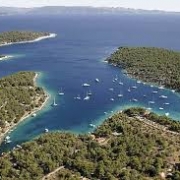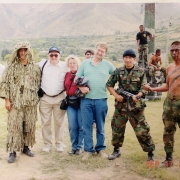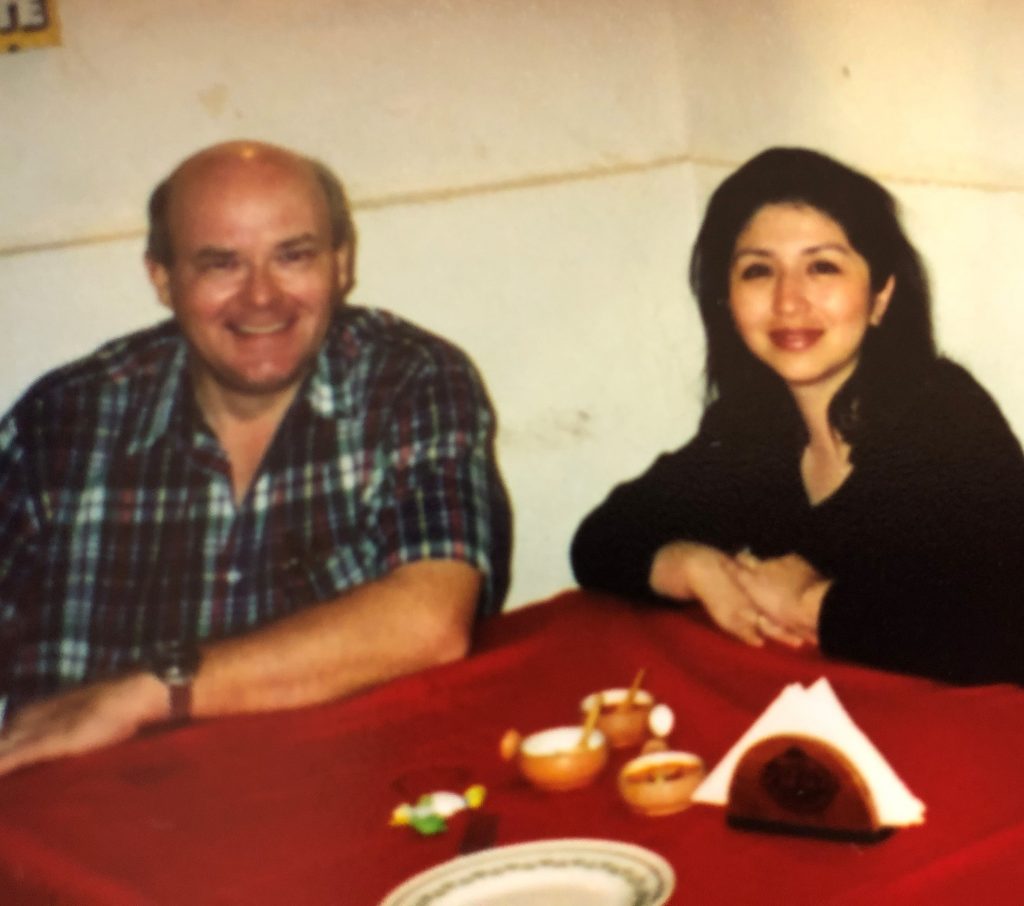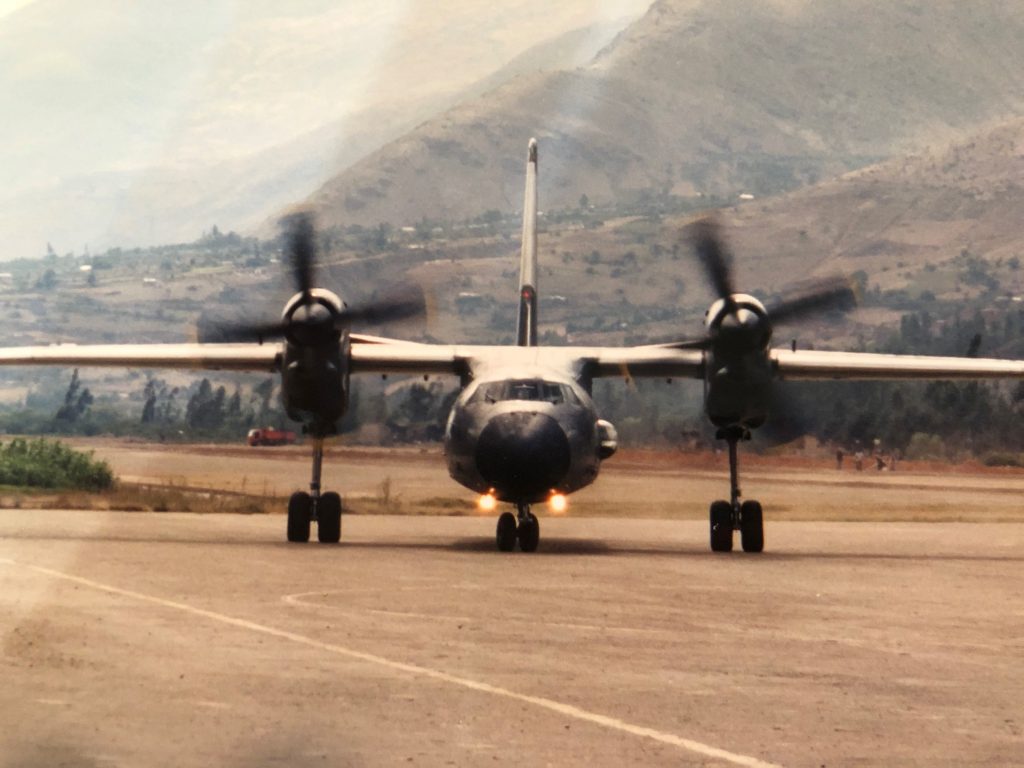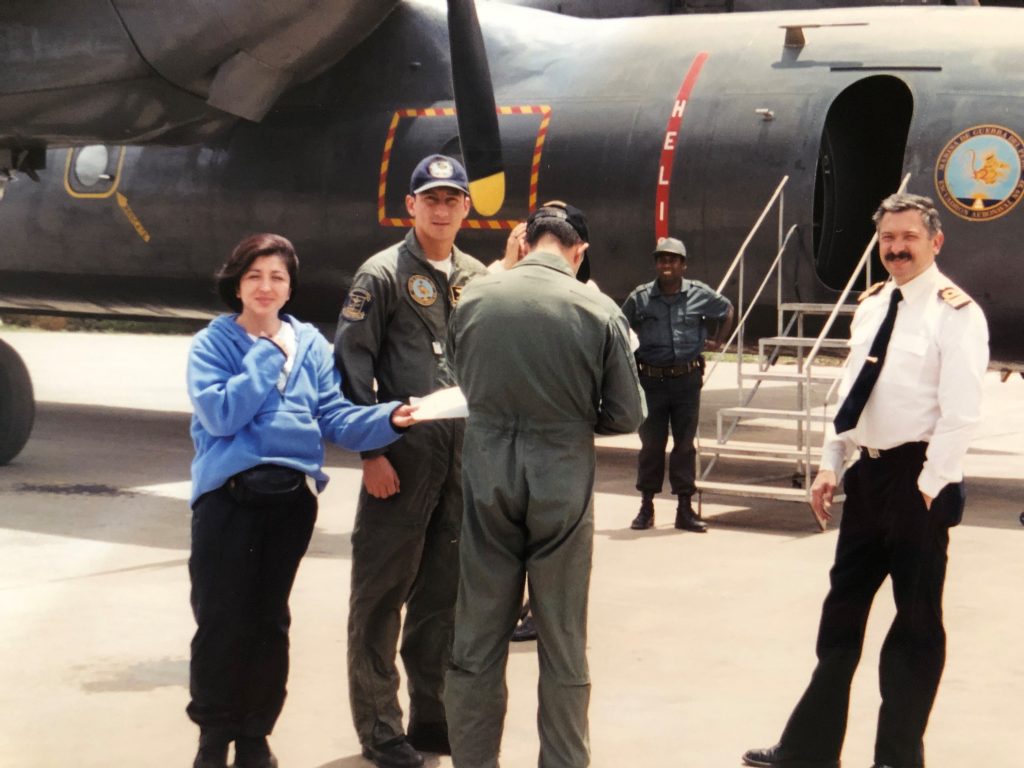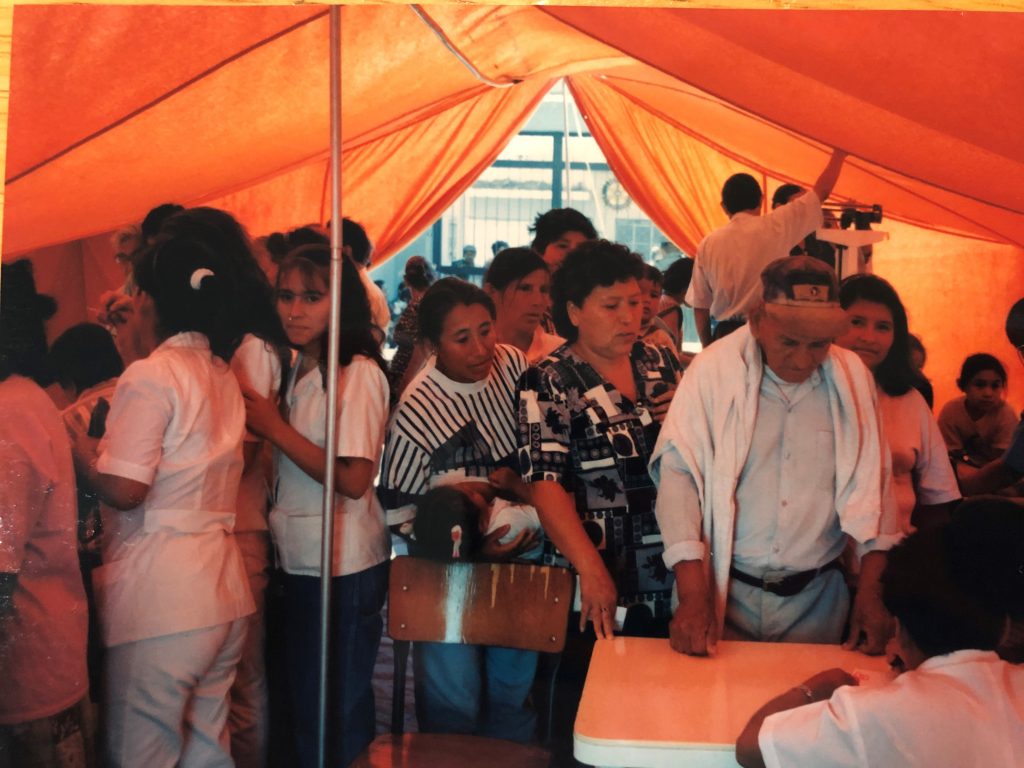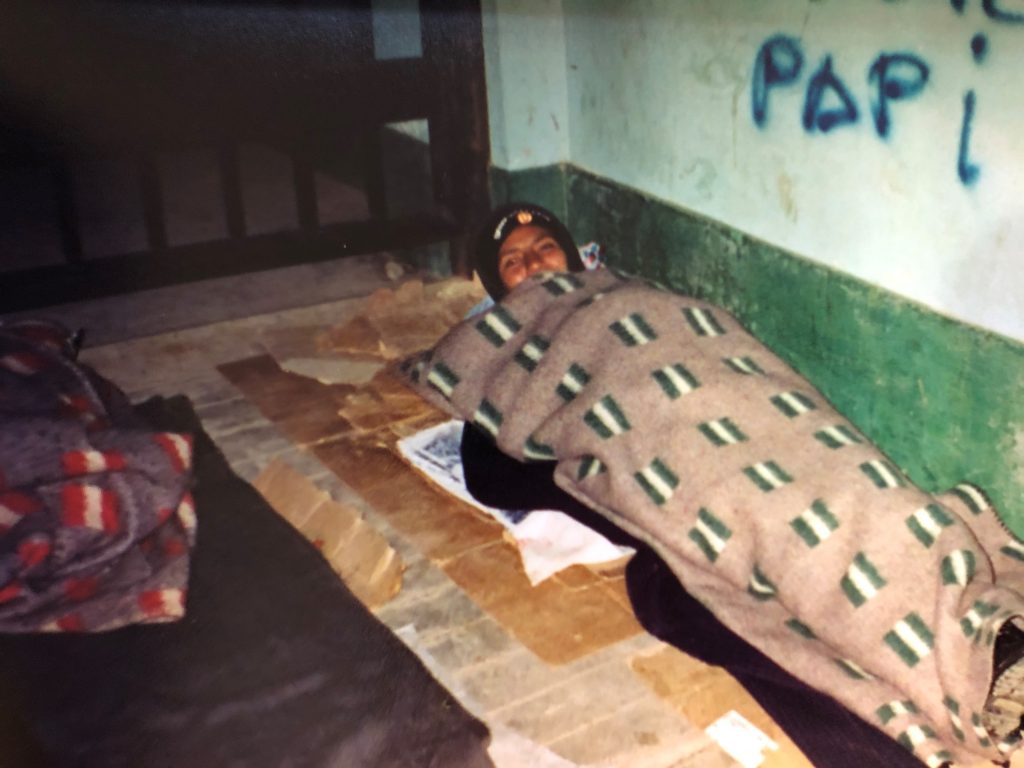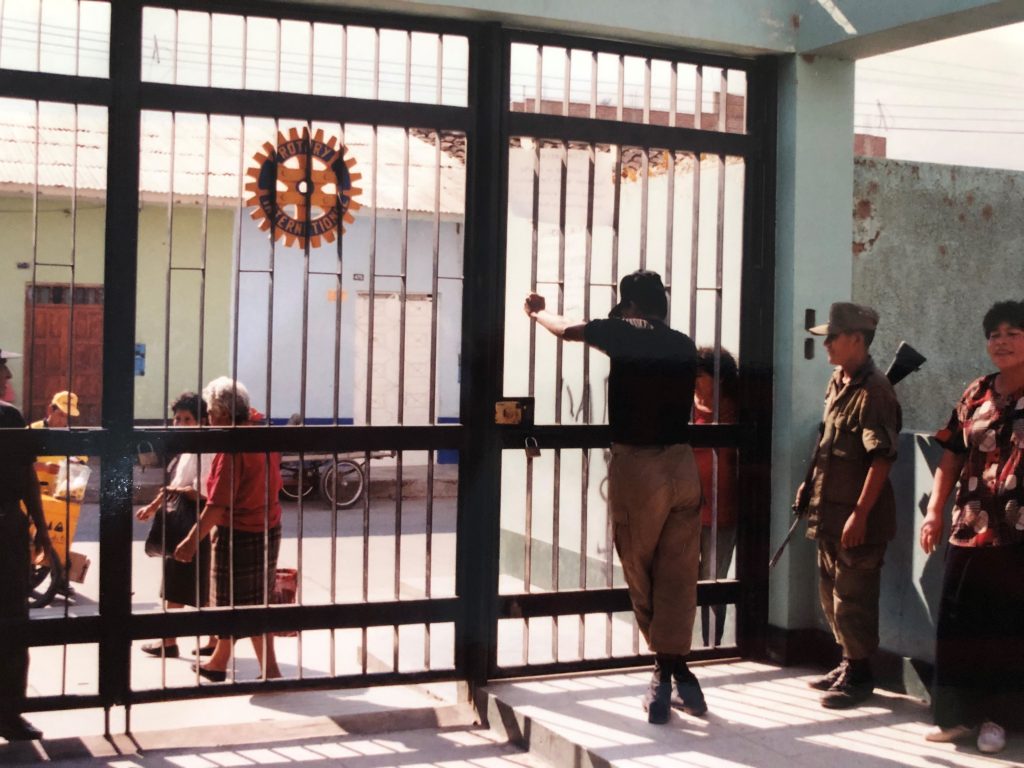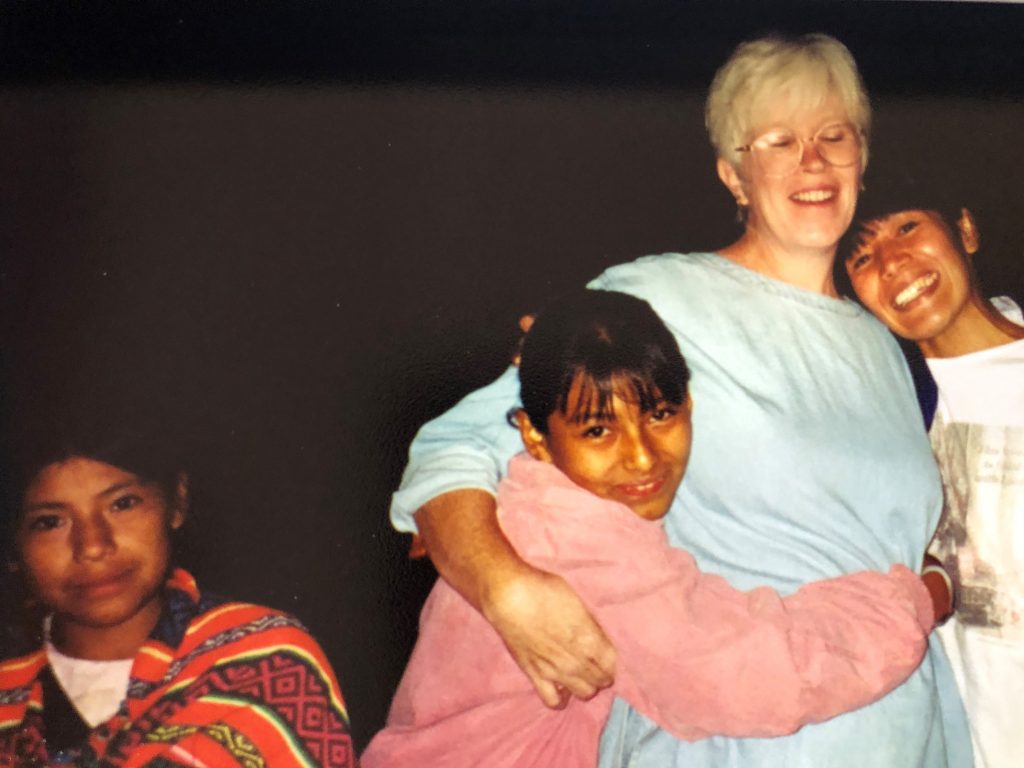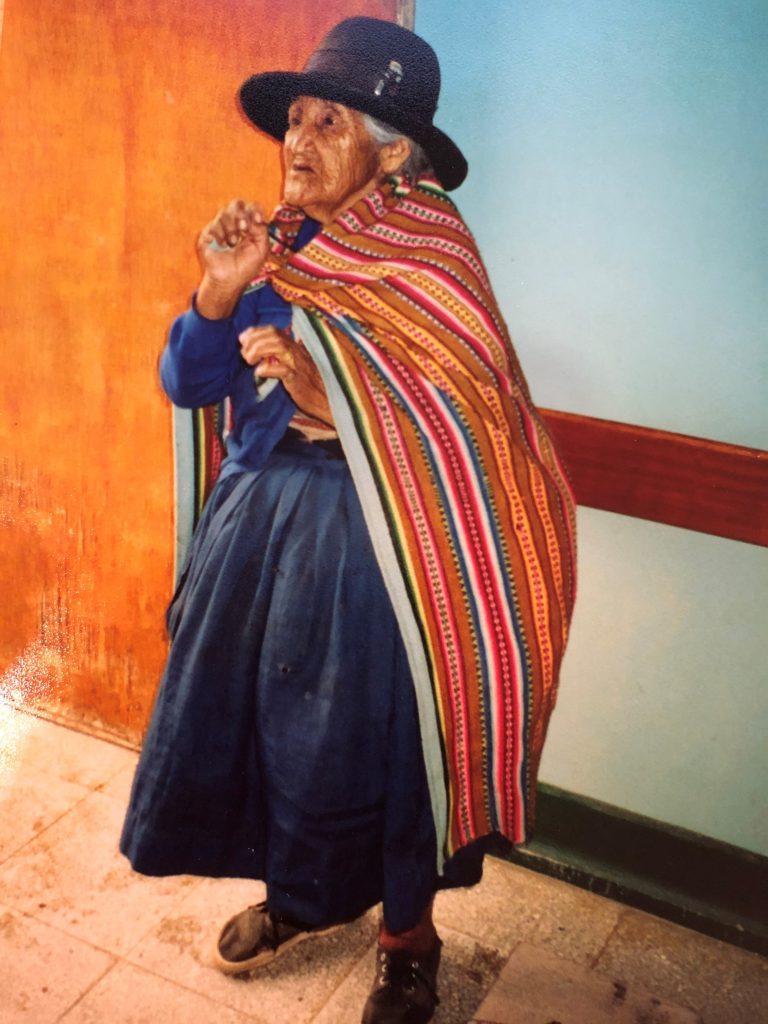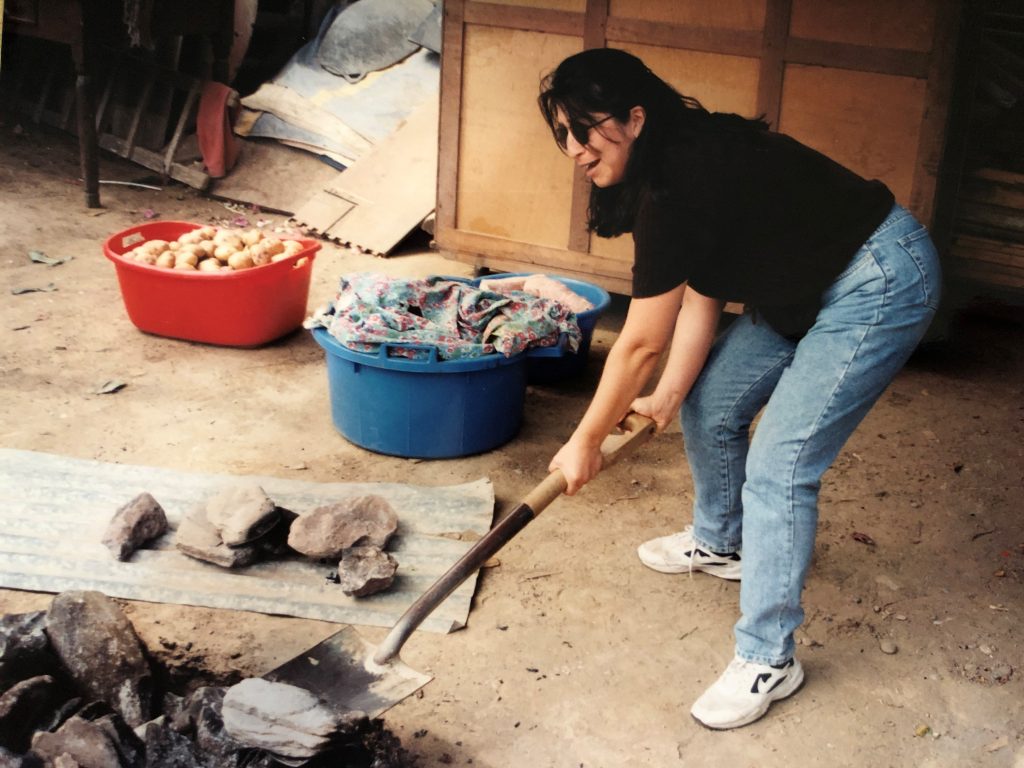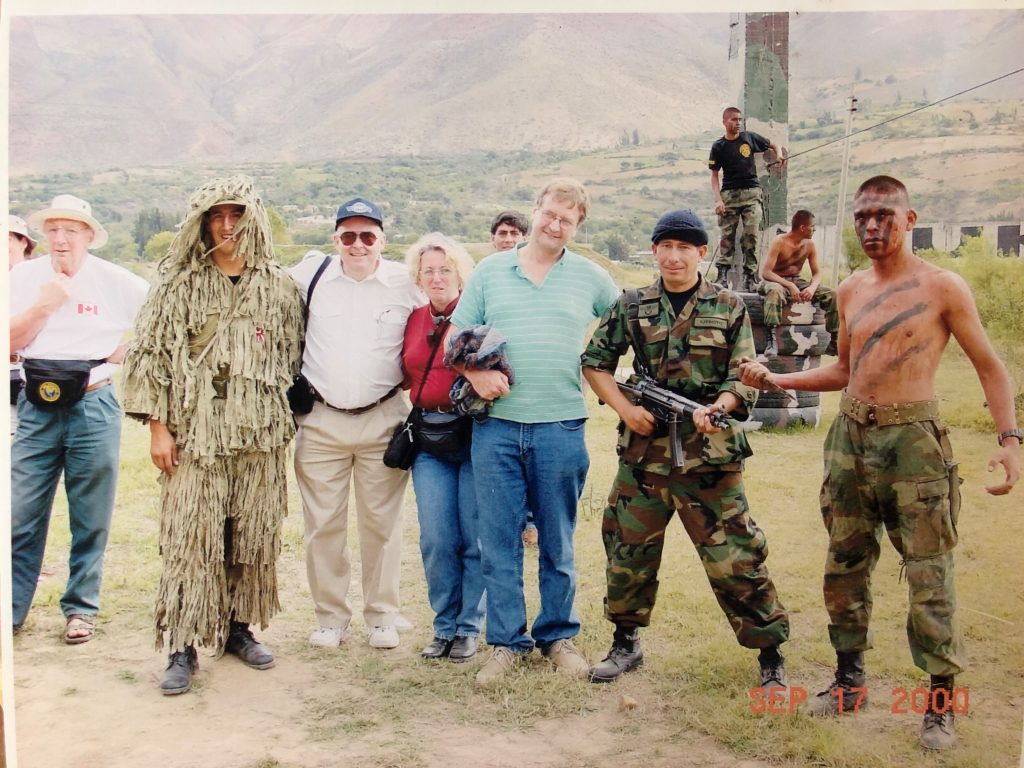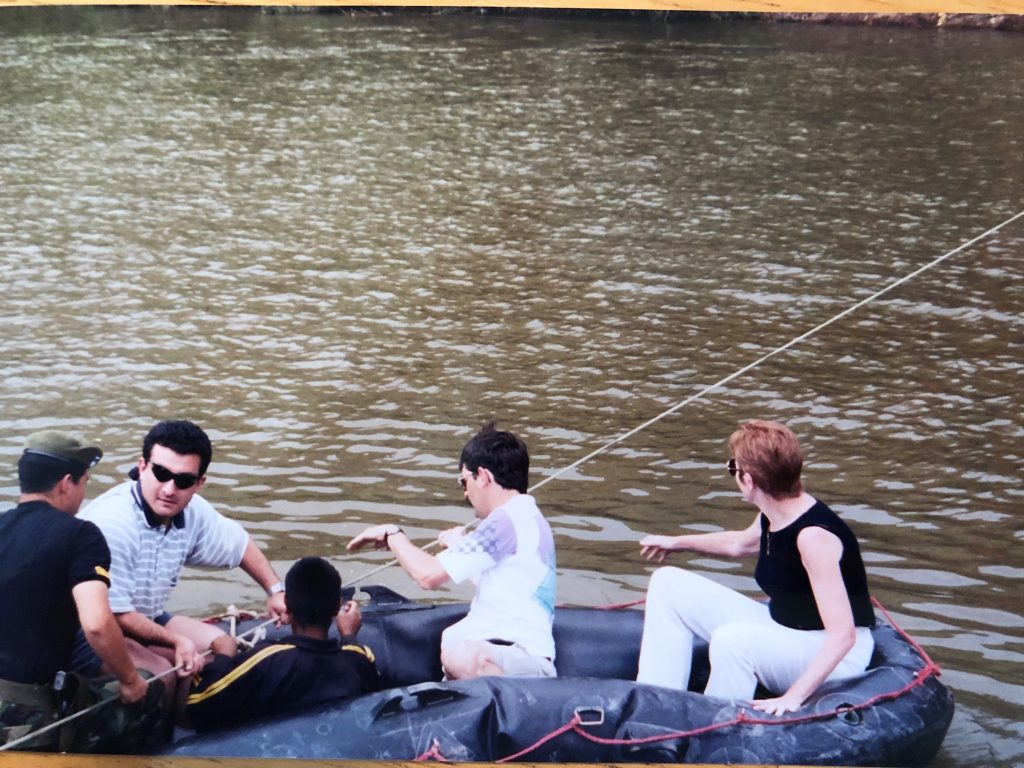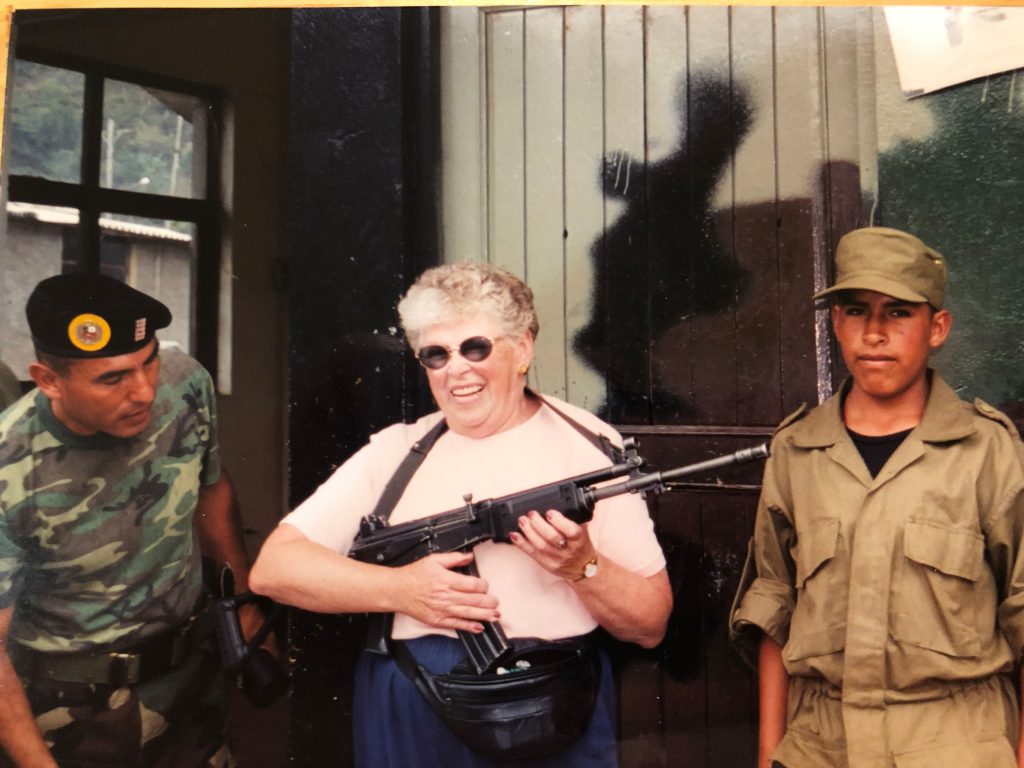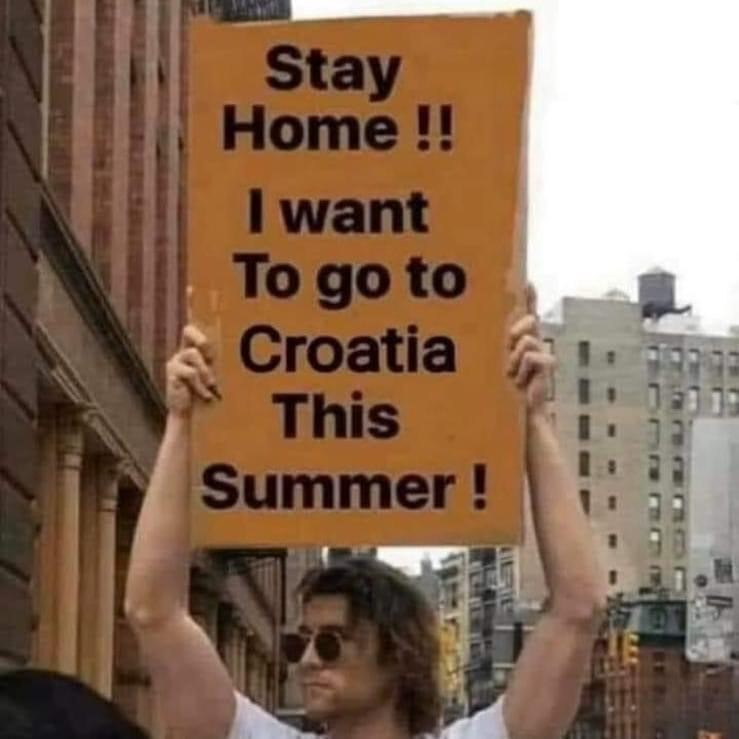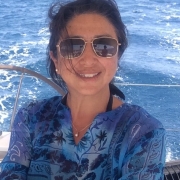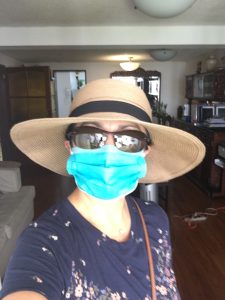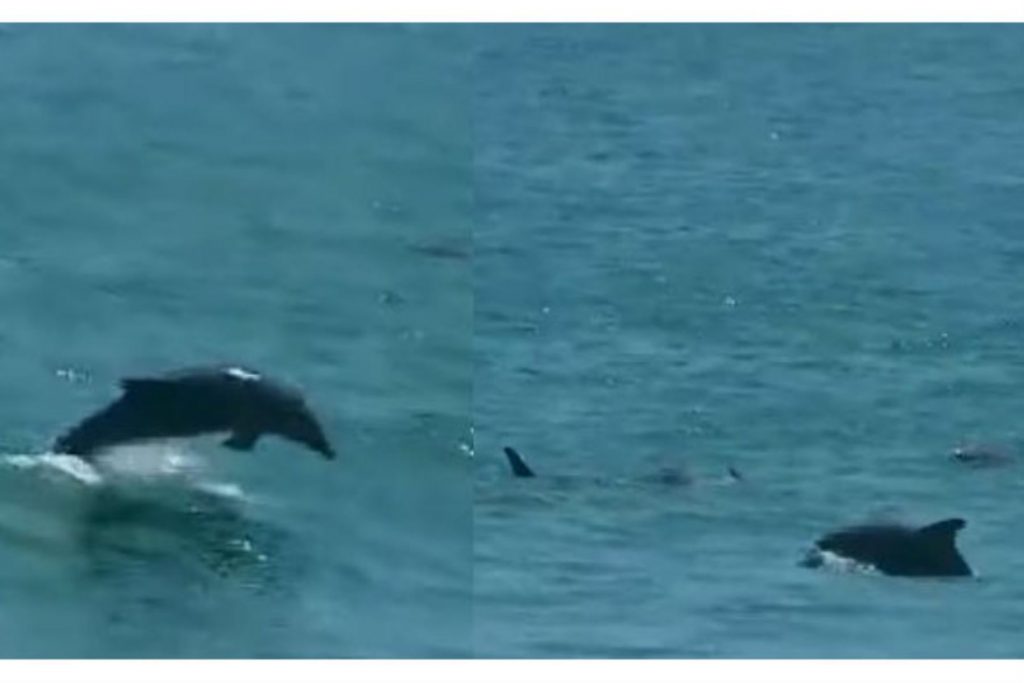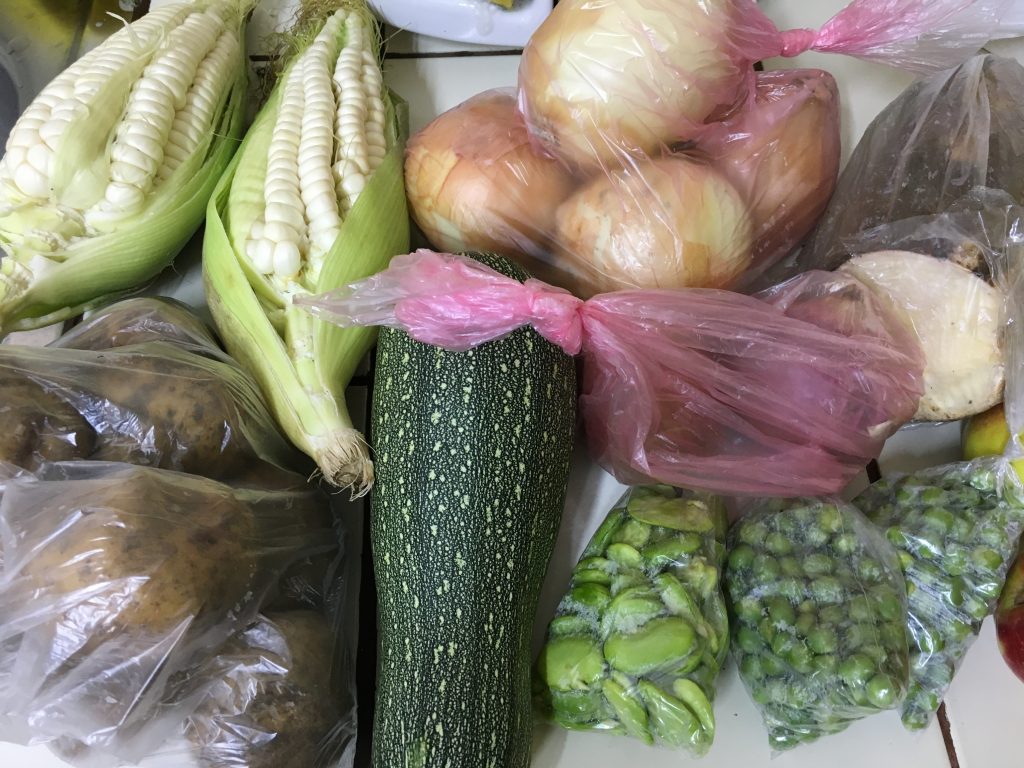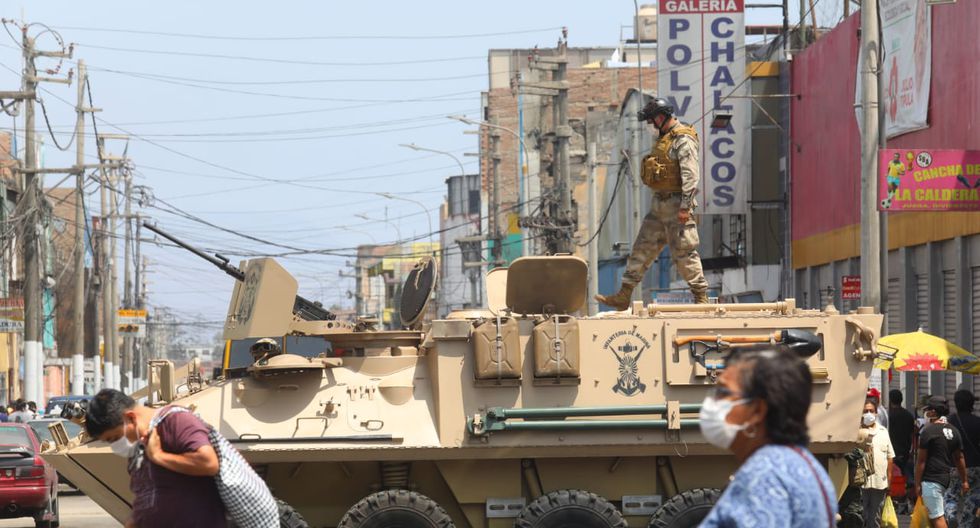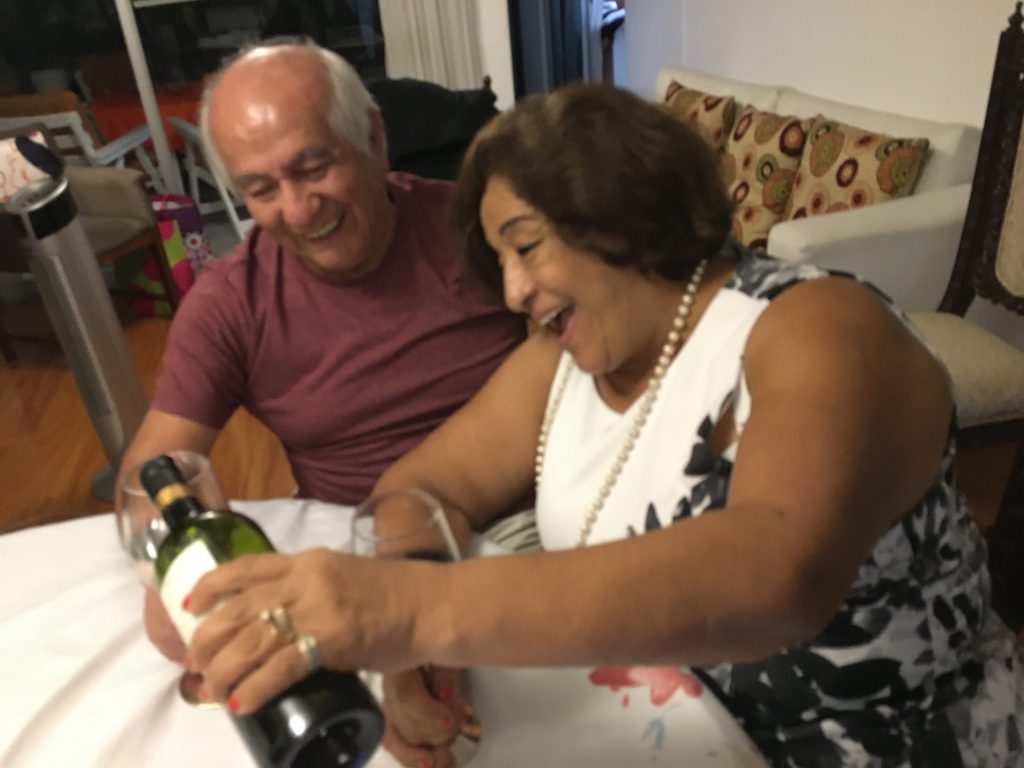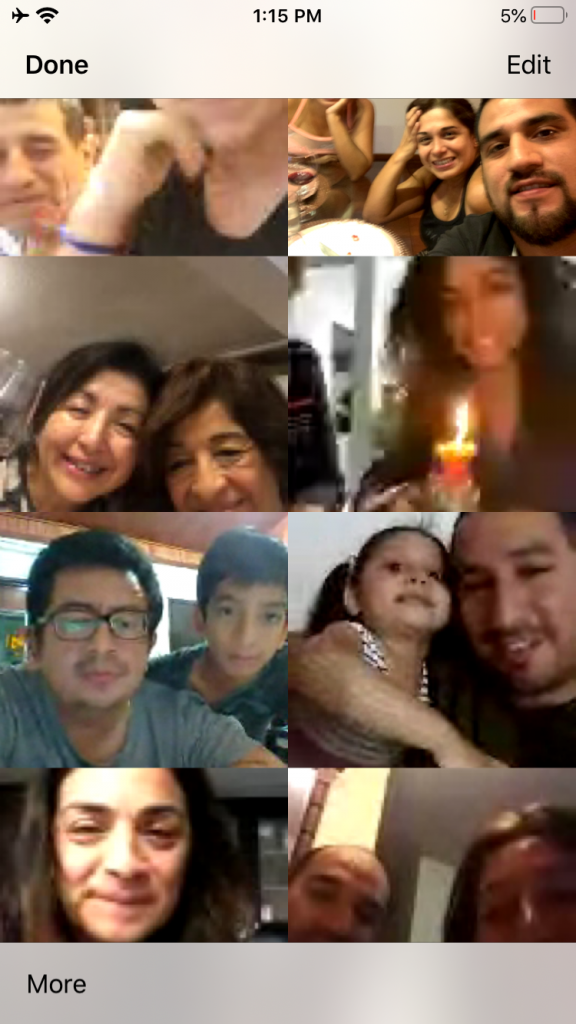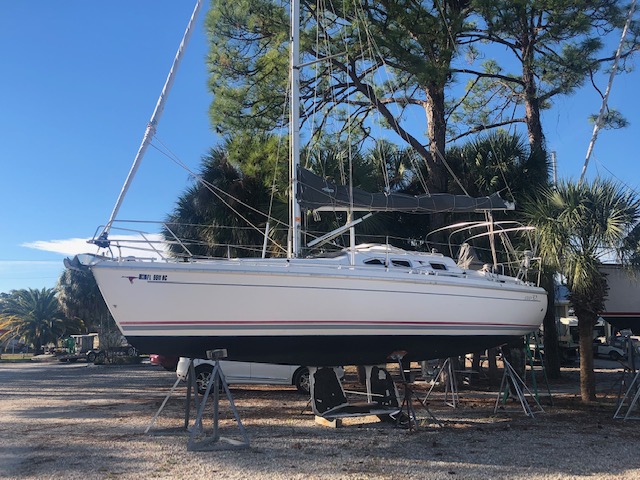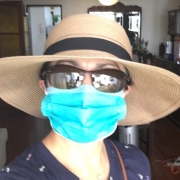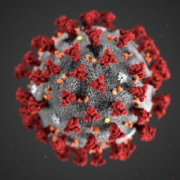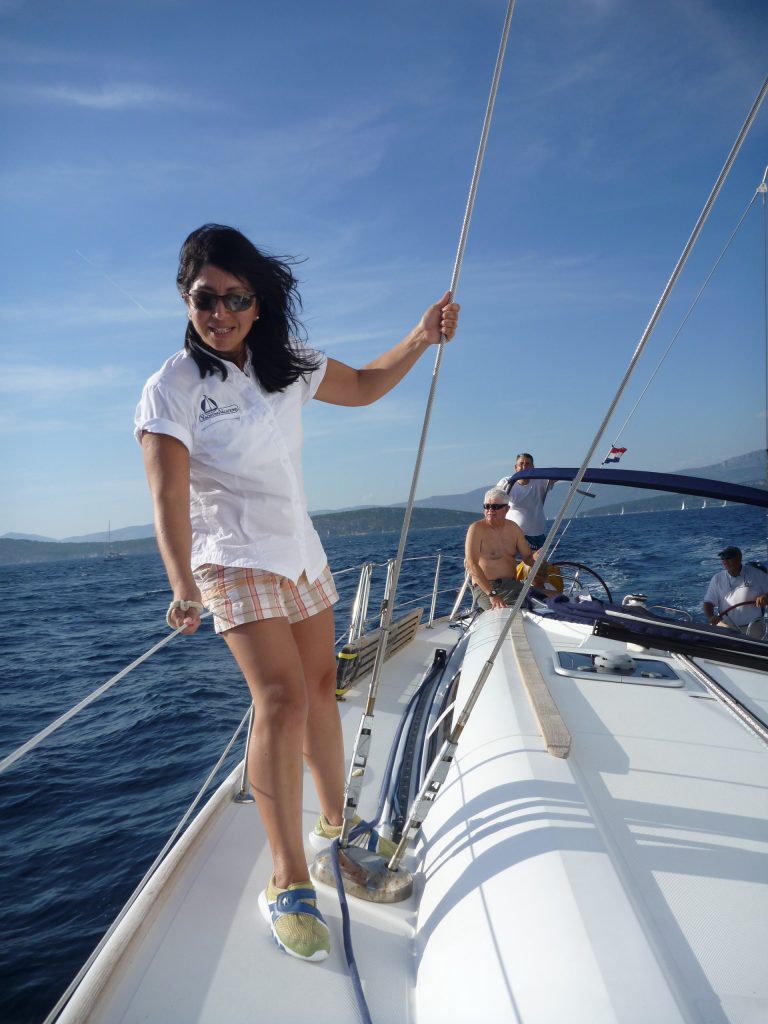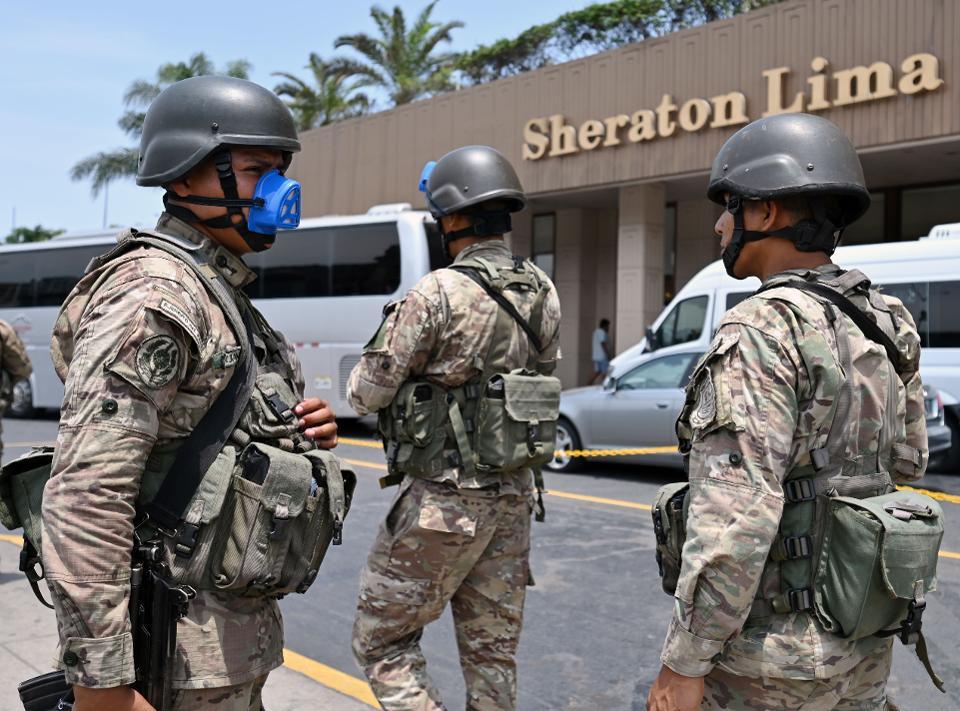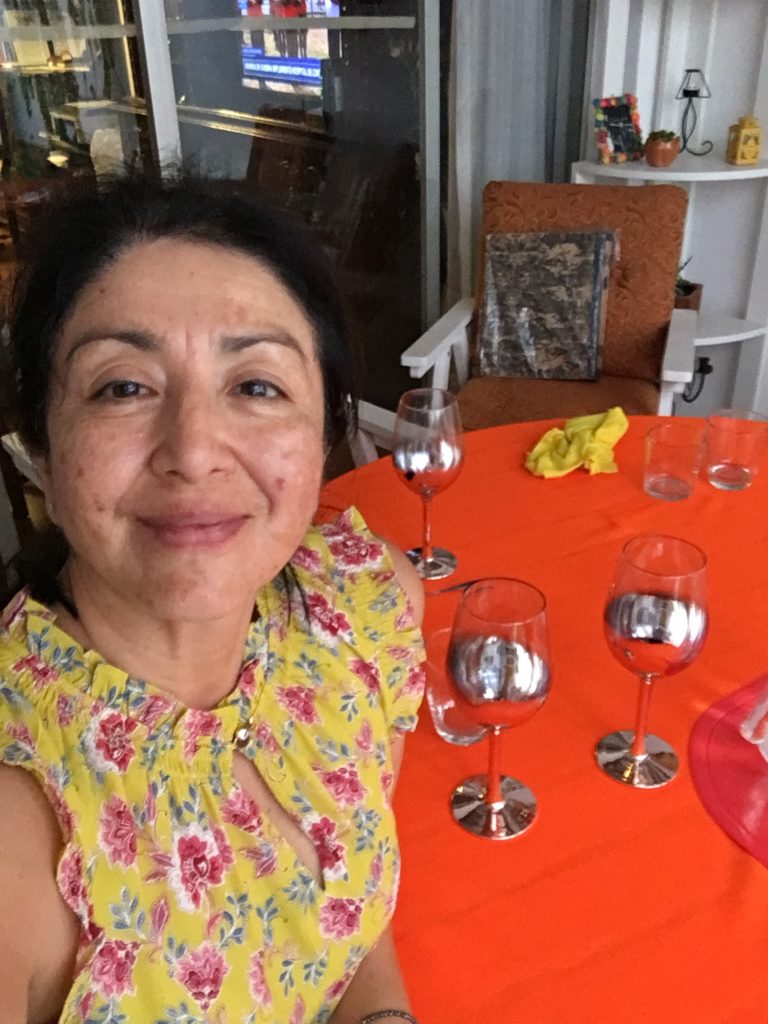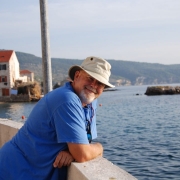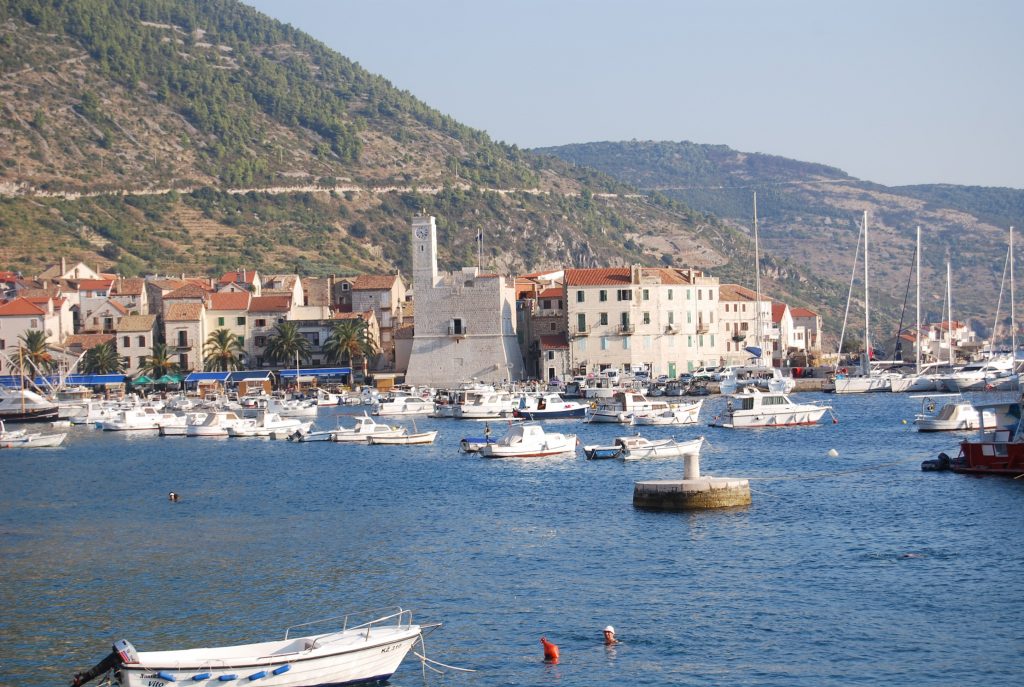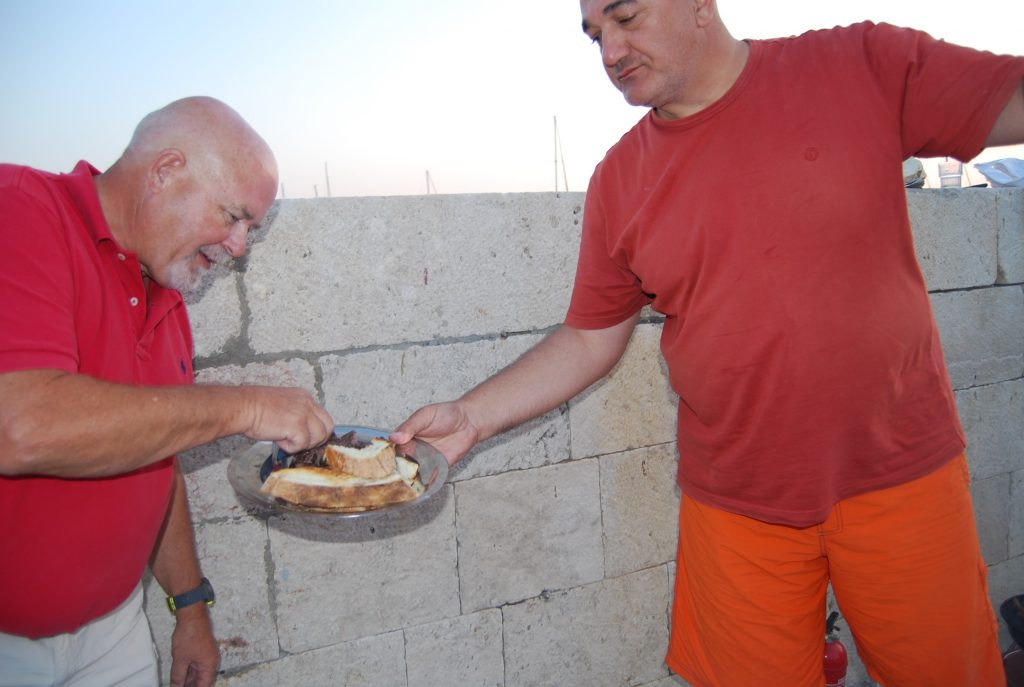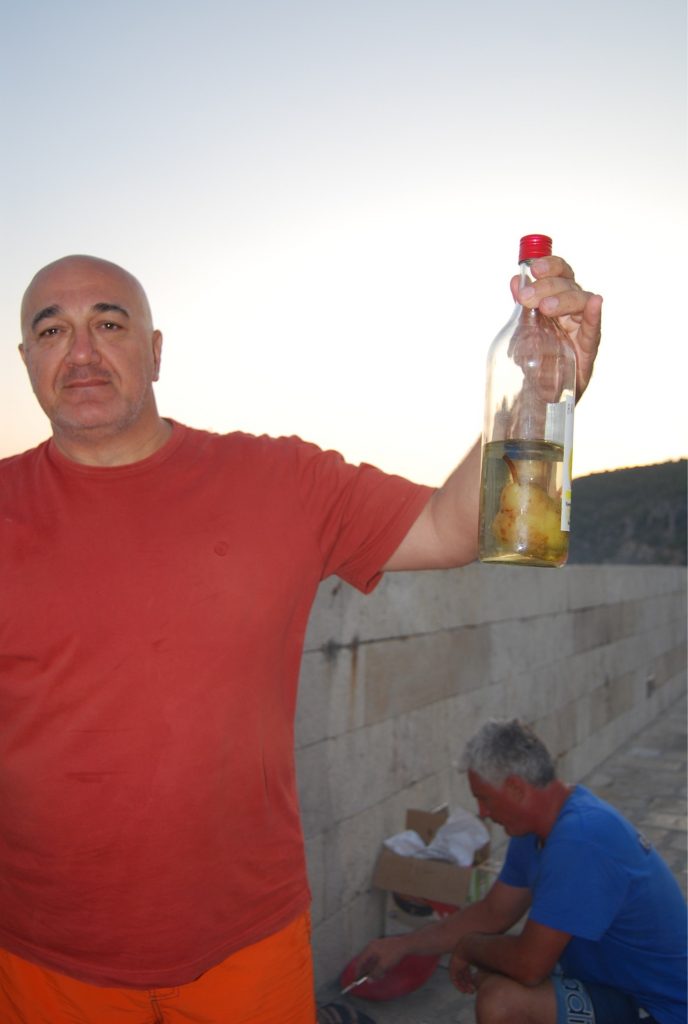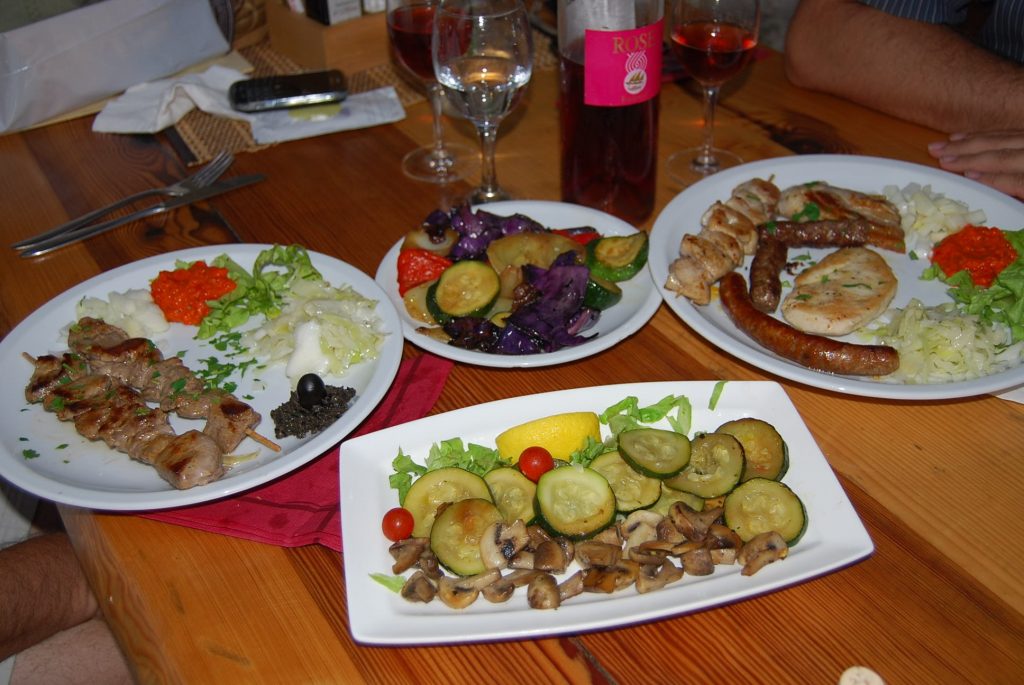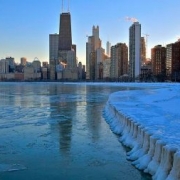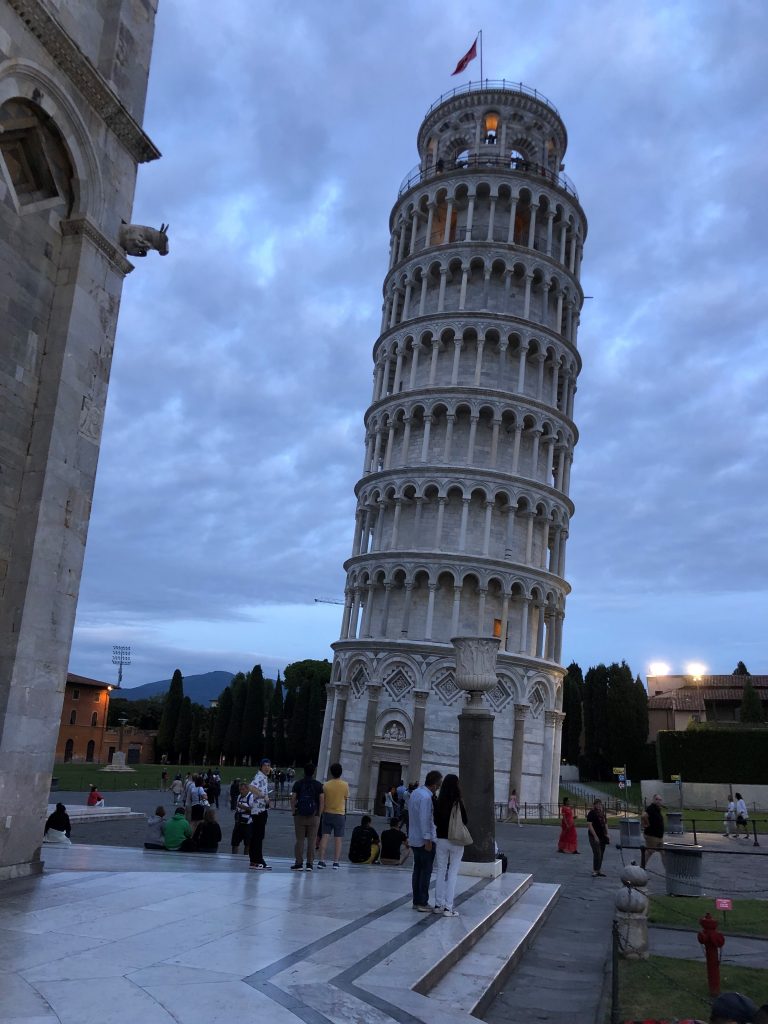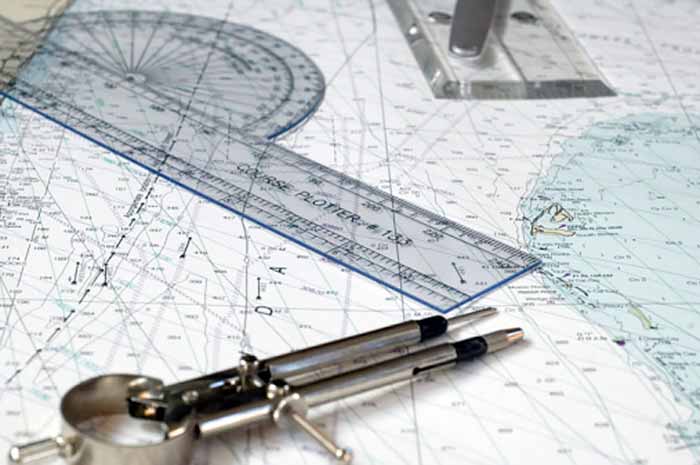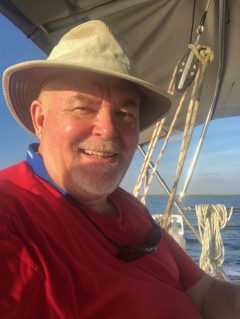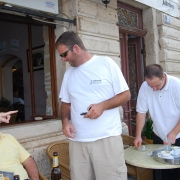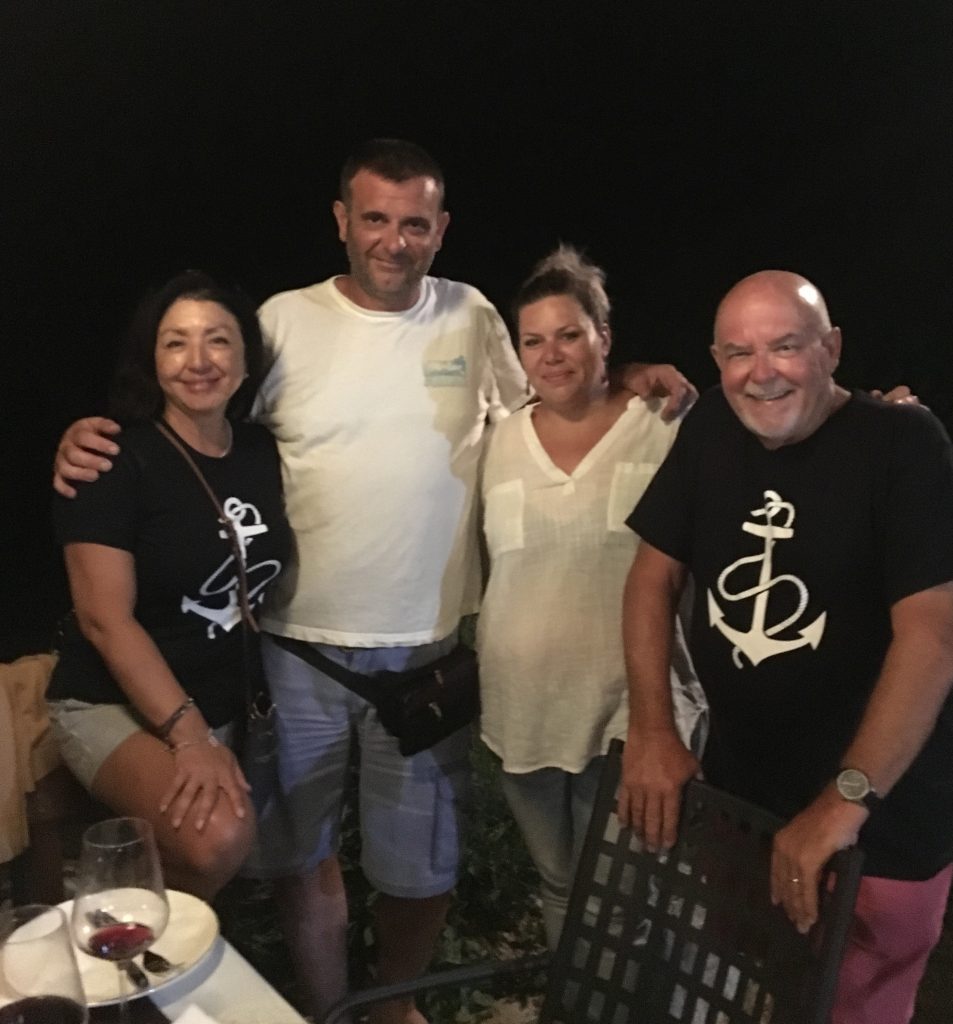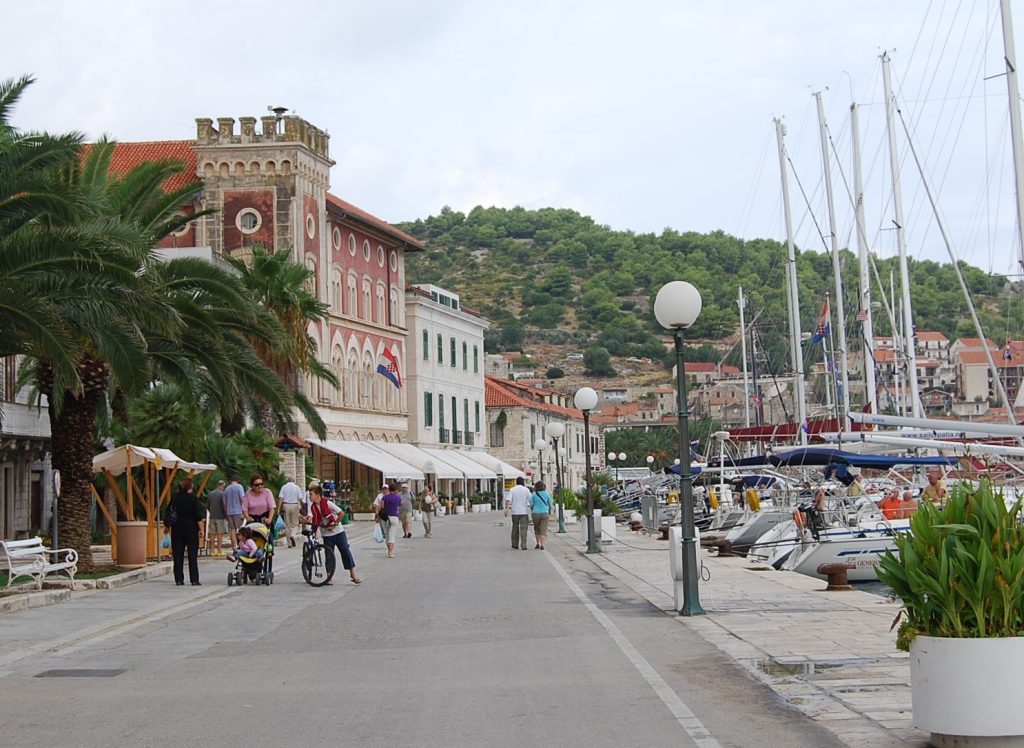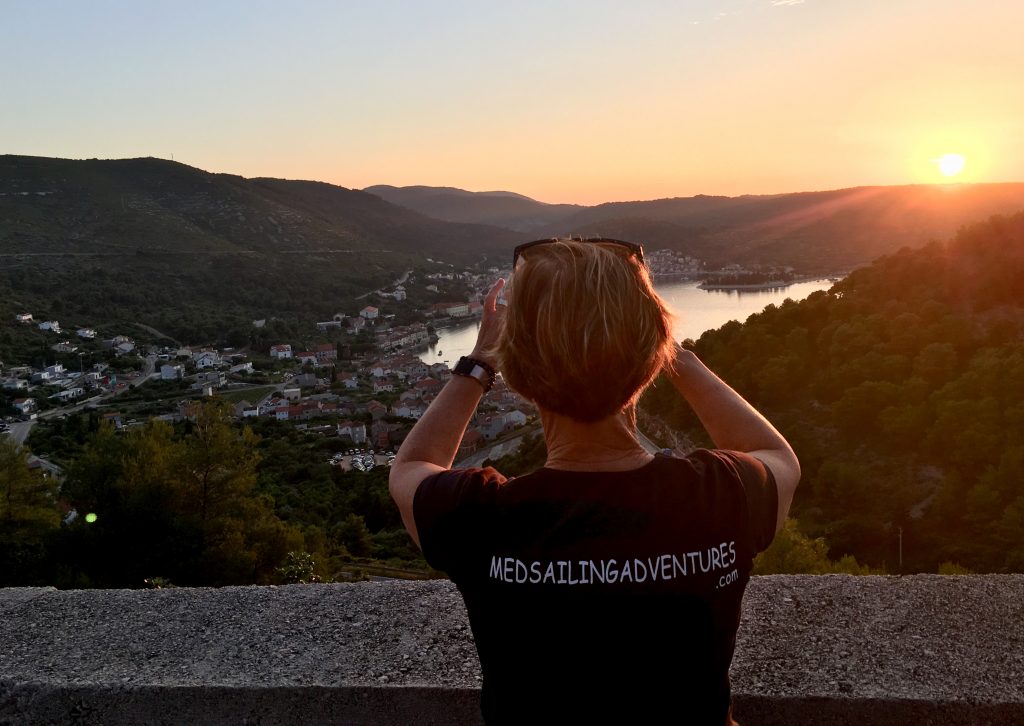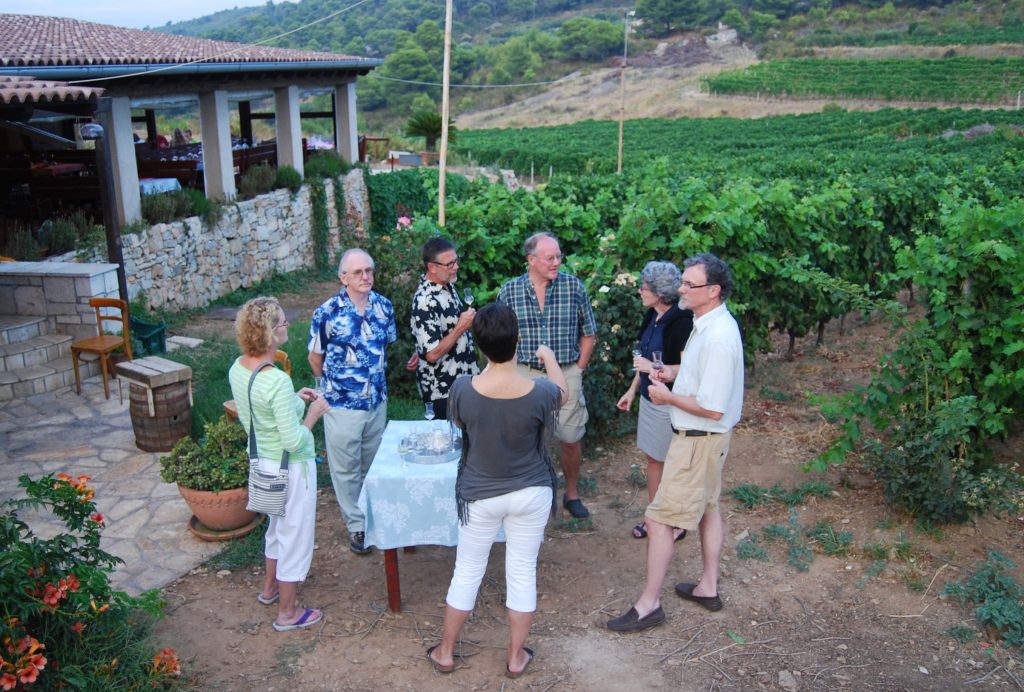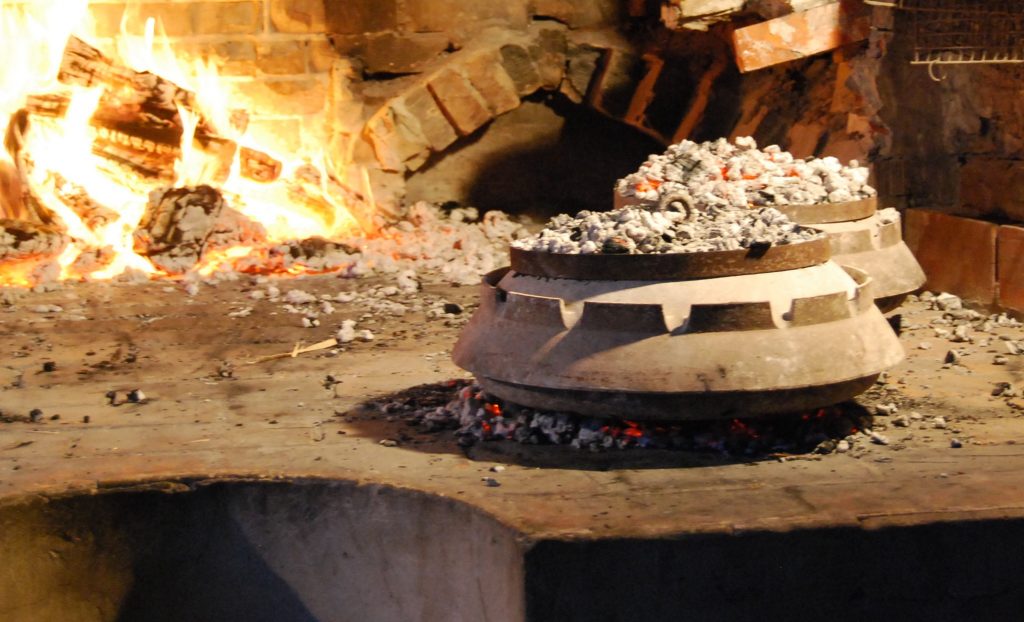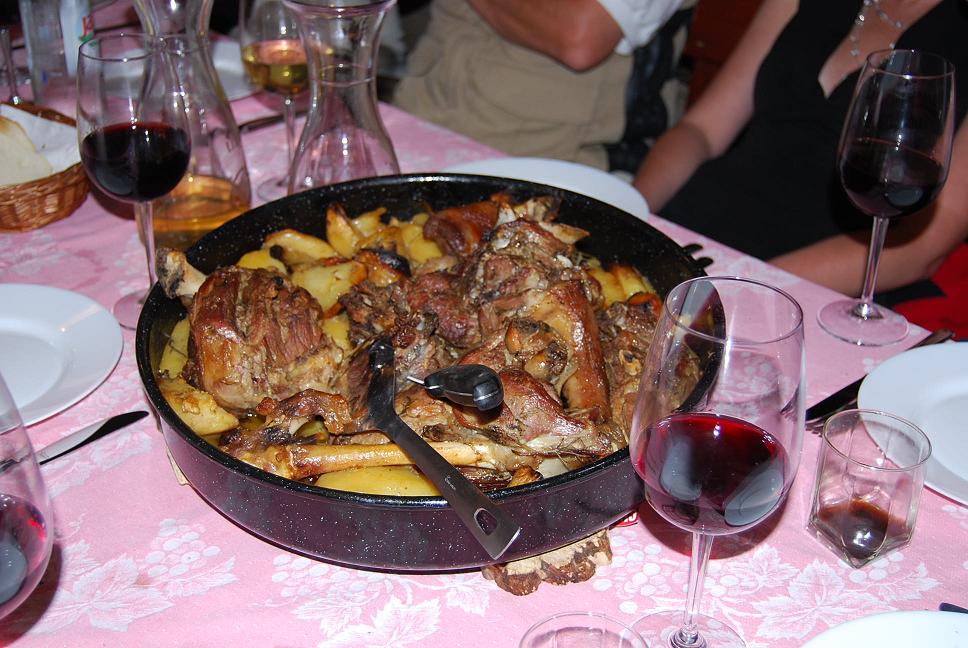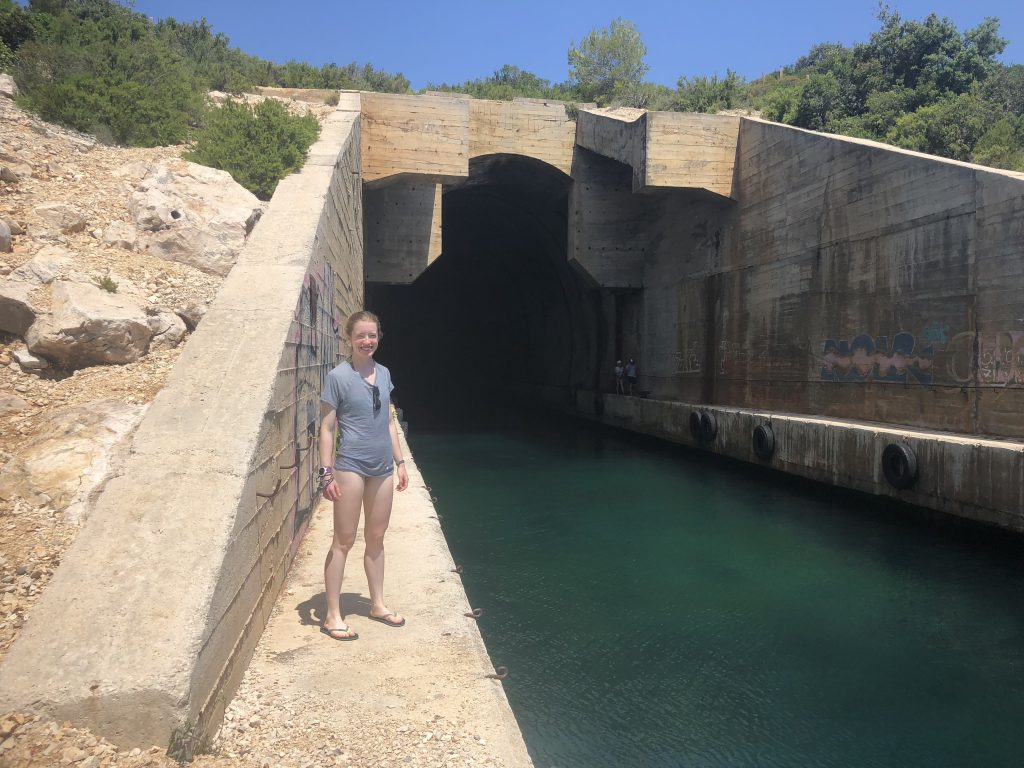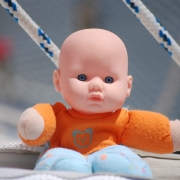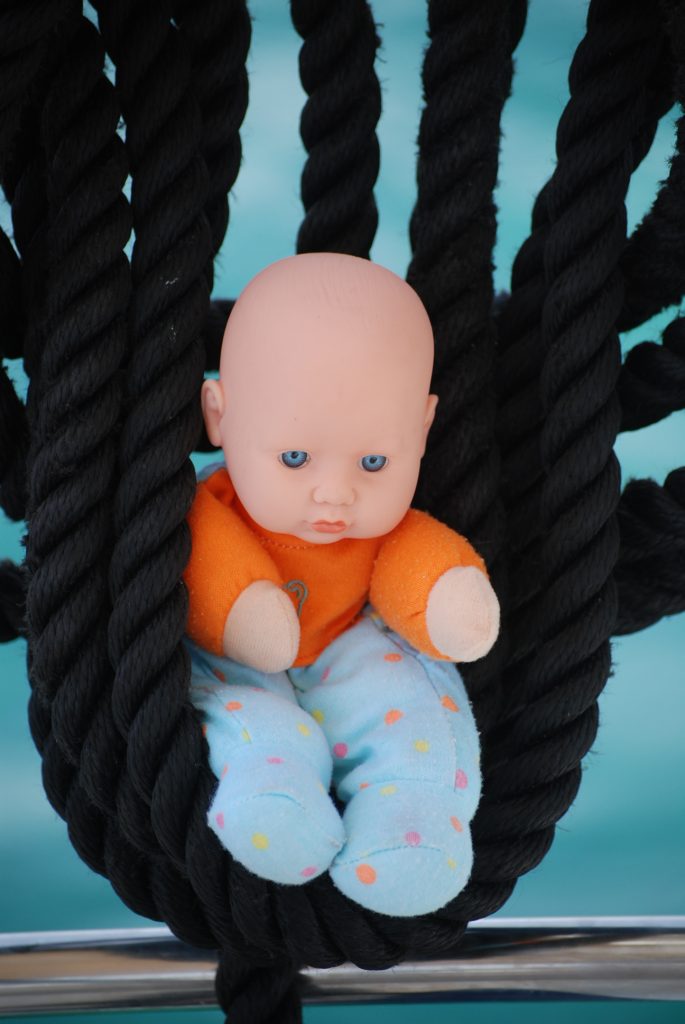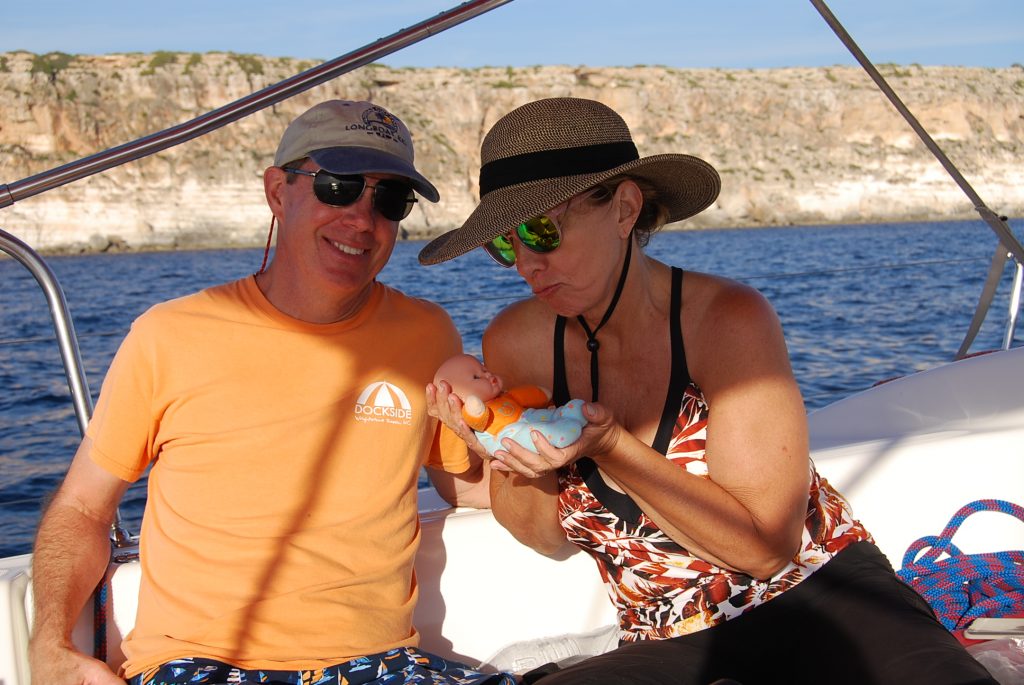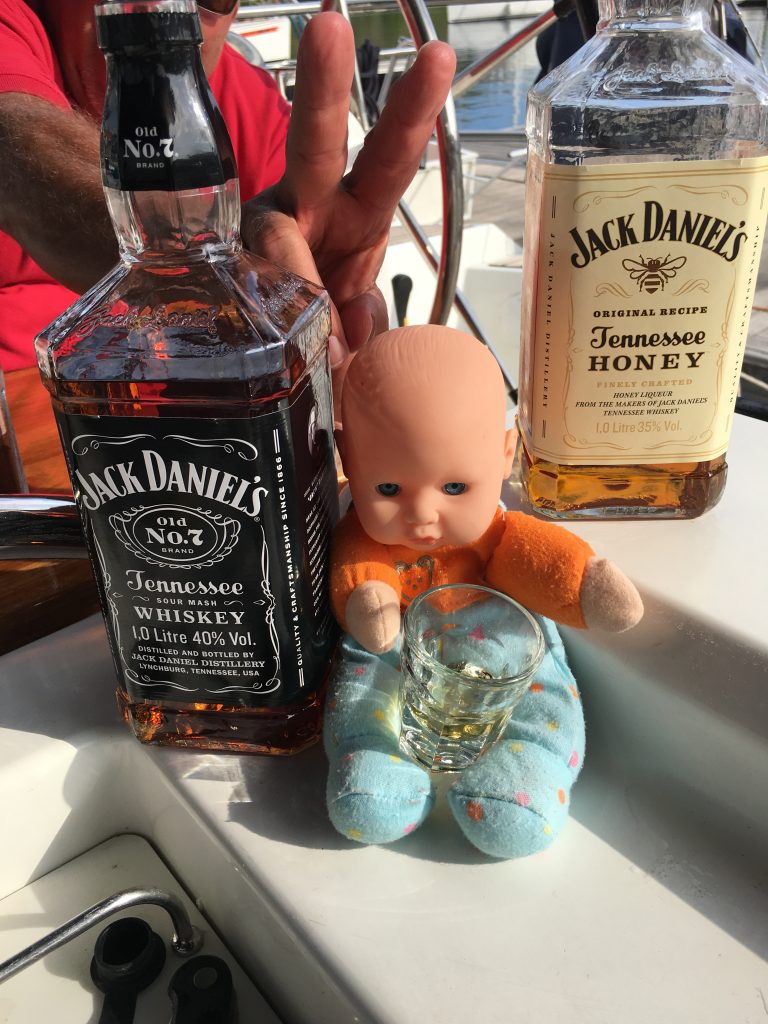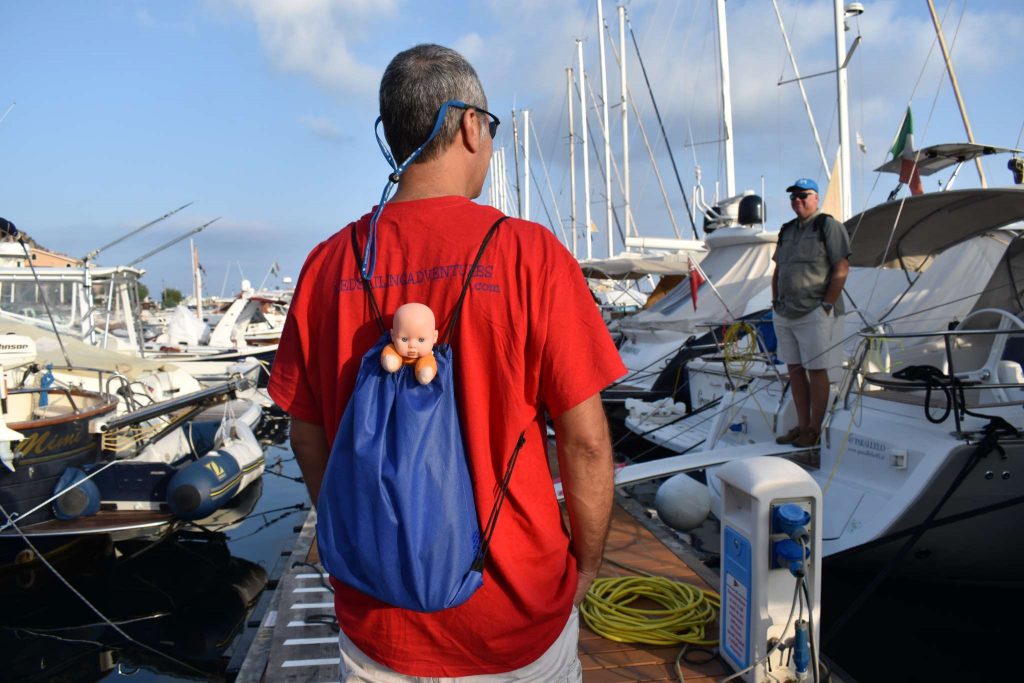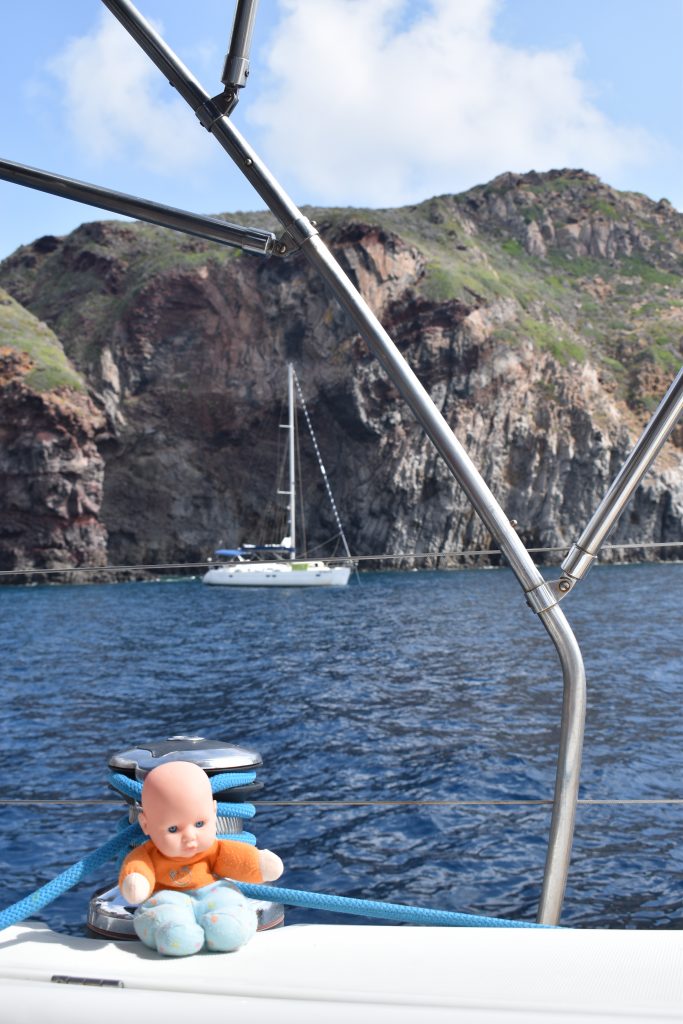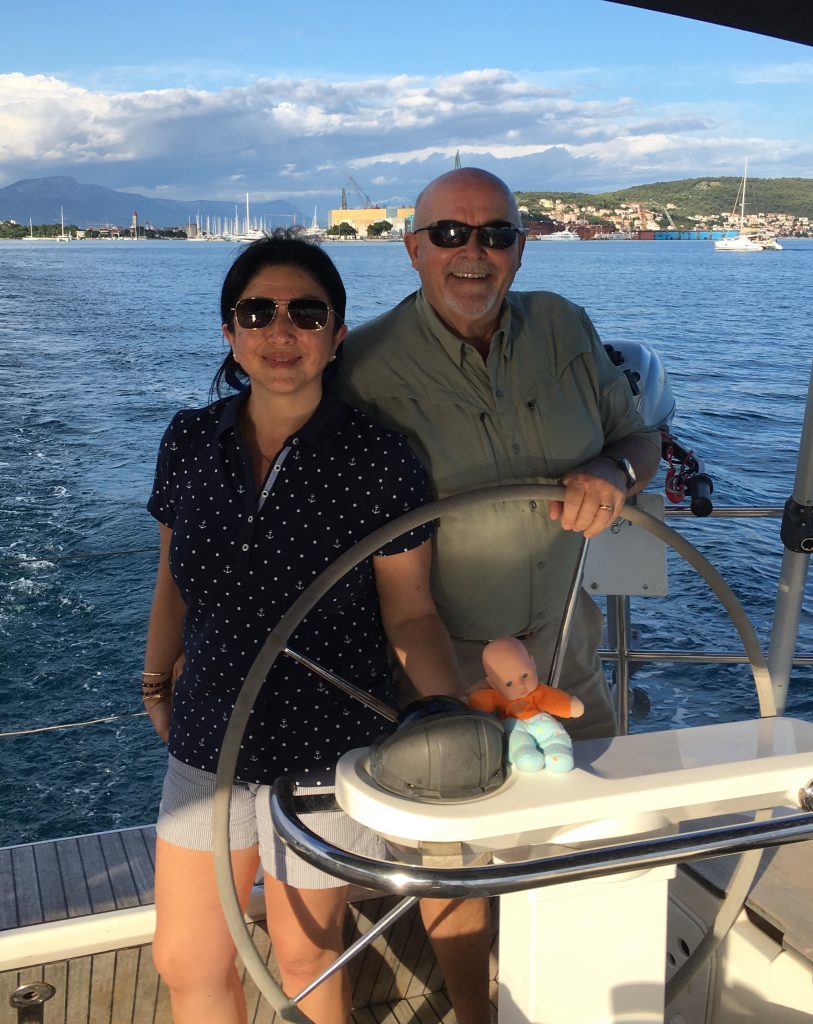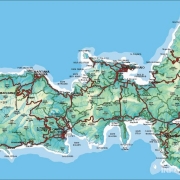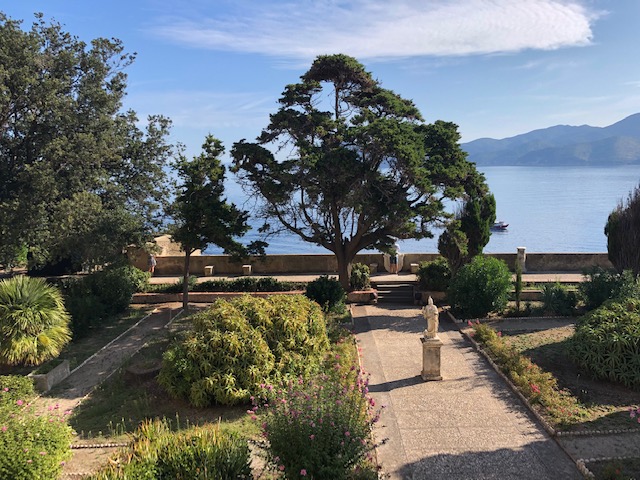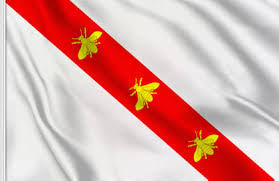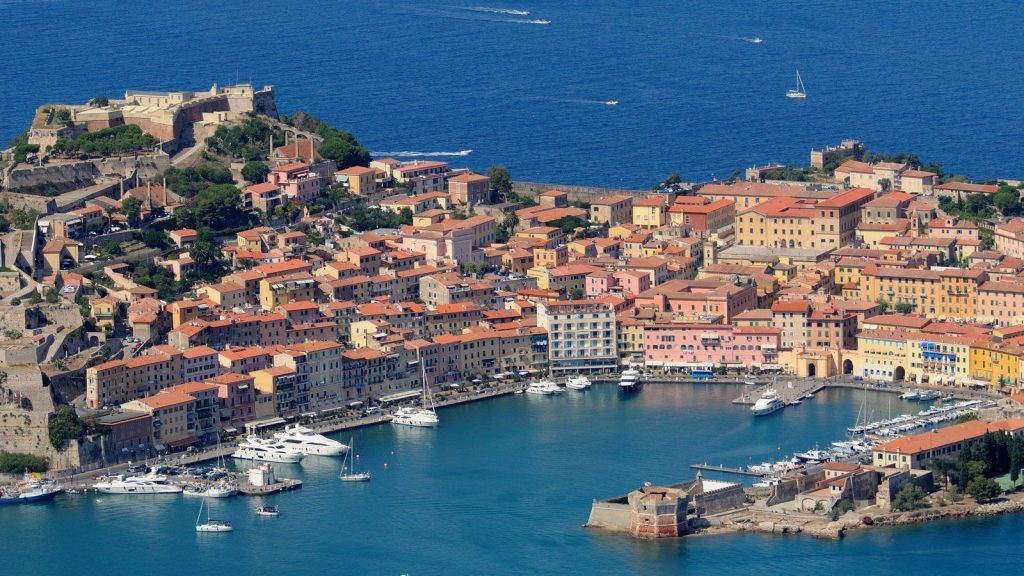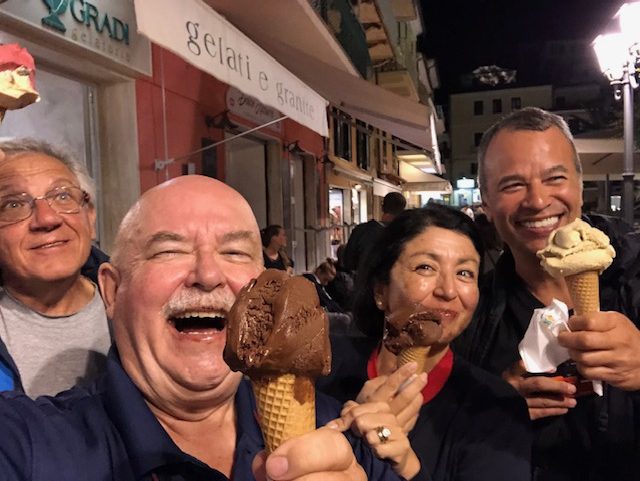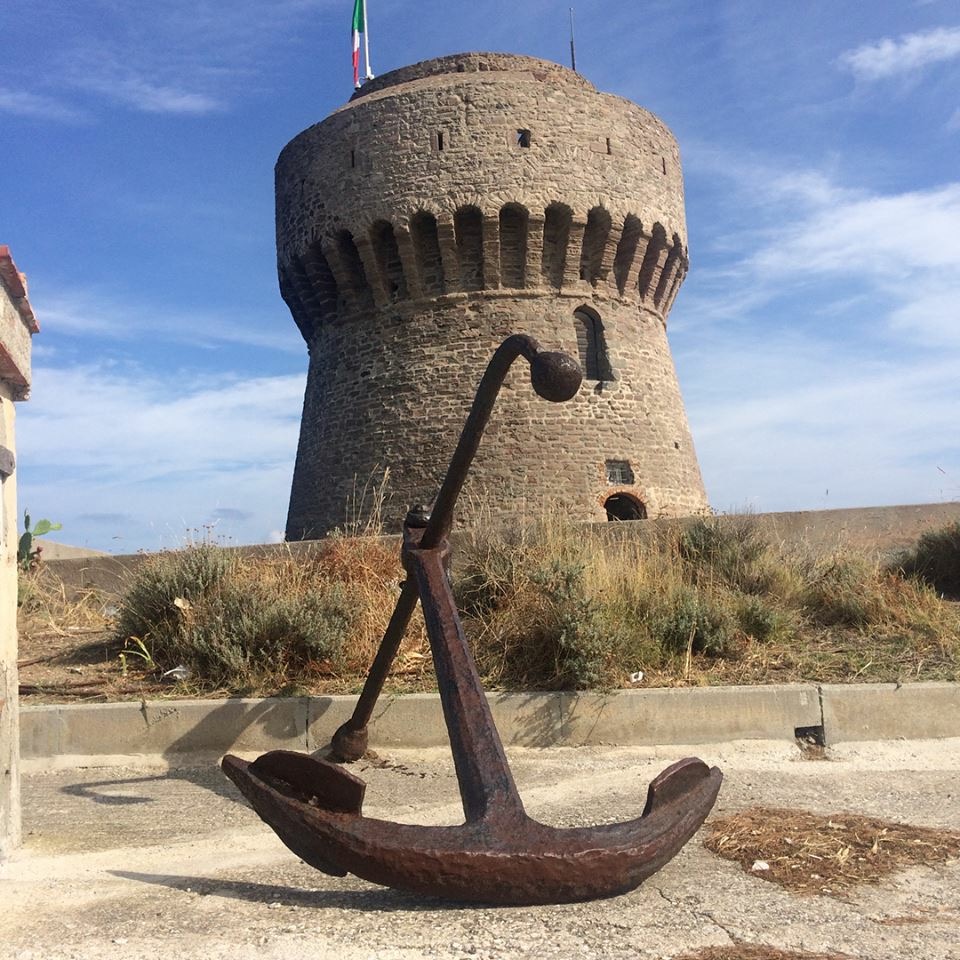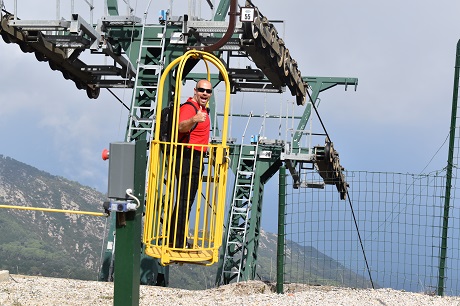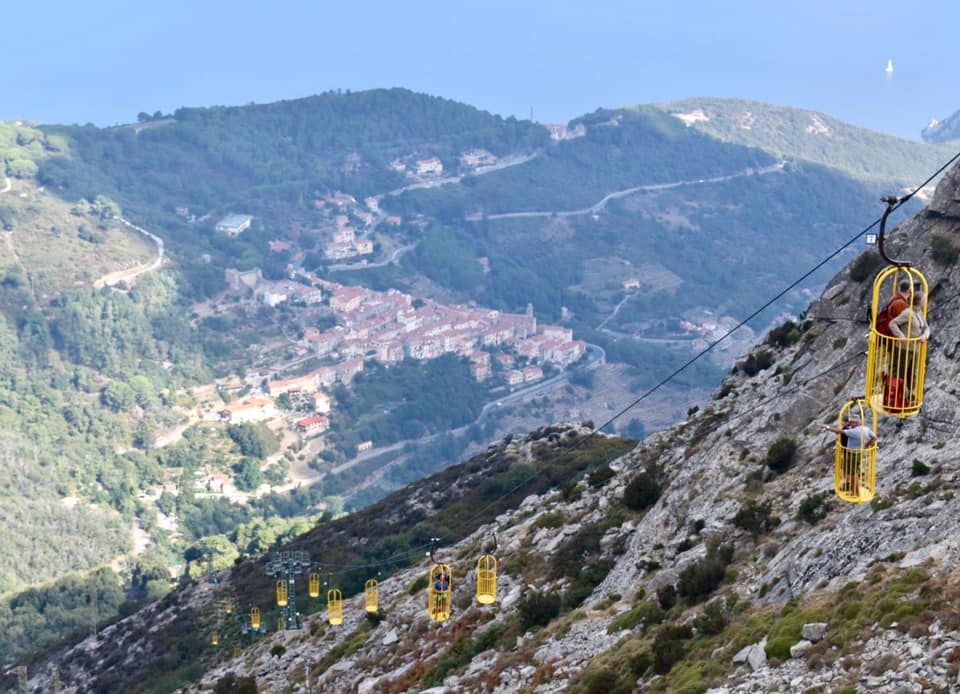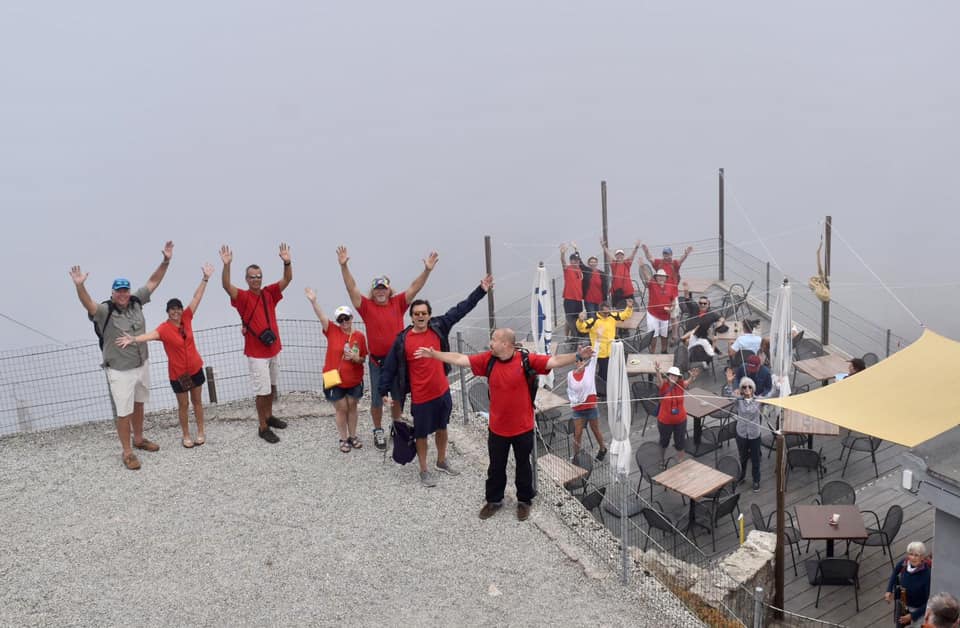STORMS CAN MAKE FOR INTERESTING DISCOVERIES
You always experience something fun and unexpected when sailing.
A few years ago, we were cruising in Croatia during one of our flotillas. We had just visited the moving beach of Zlatni Rat on Brac (pronounced Bratsj), one of the larger islands along the Dalmatian Coast.
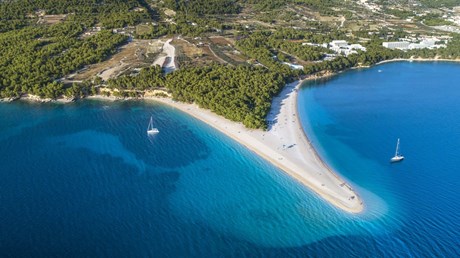
Brac is renowned for its white stone and the locals say that stone from their quarries was used for the construction of the White House. I don’t know if it is true, but it makes for a good story.
The beach of Zlatni Rat is a large pebble beach that protrudes from the island into the Hvarski Channel that separates the islands of Brac from Hvar. The beach moves following the tides and currents and basically it sways from East to West with the pebbles rolling back and forth. Quite interesting…
This was Thursday and, the following evening, we had to be back at our base in Kastela, near Split. The flotilla week was almost over. Our plan was to sail along the south coast of Brac through the pass of Splitska Vrata, between the islands of Brac and Solta and then go to the charming small fishing port of Milna on Brac’s west side.
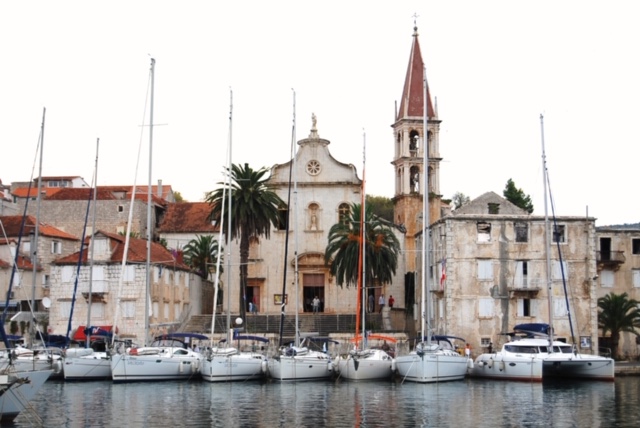
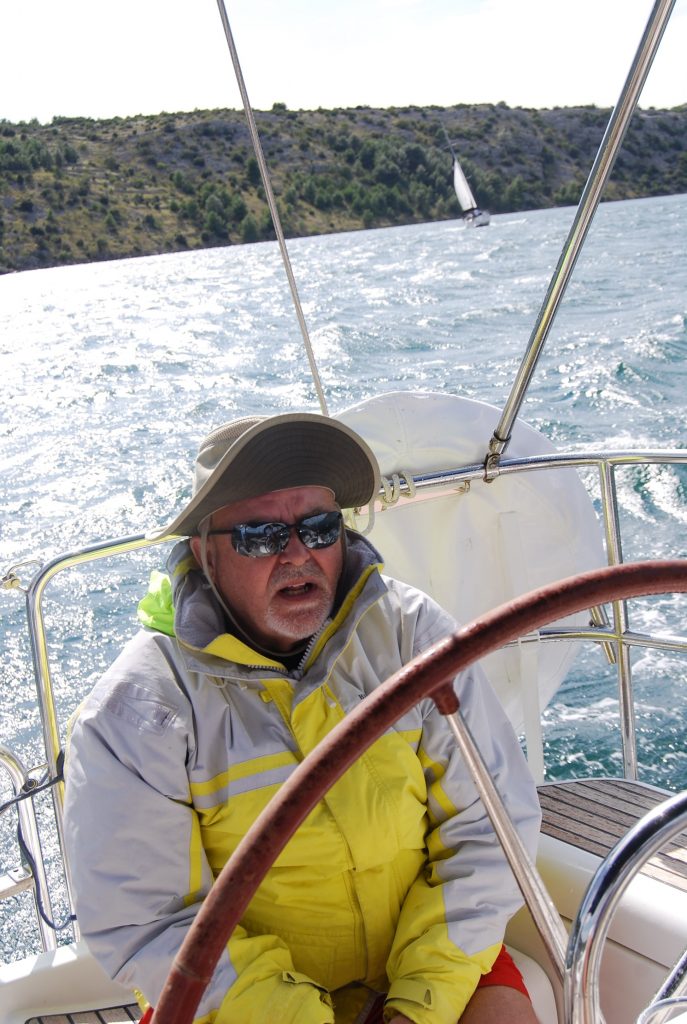
Unannounced, and not mentioned in the forecast, a storm came up from the northwest and, in a minimum of time, we were heading straight into the wind and the high waves. The three yachts in our flotilla were bucking like broncos. The crew members had donned their foul weather gear and were shivering while we were being pelted by rain and some occasional hail. It was blowing a stink with some gusts exceeding 35 knots.
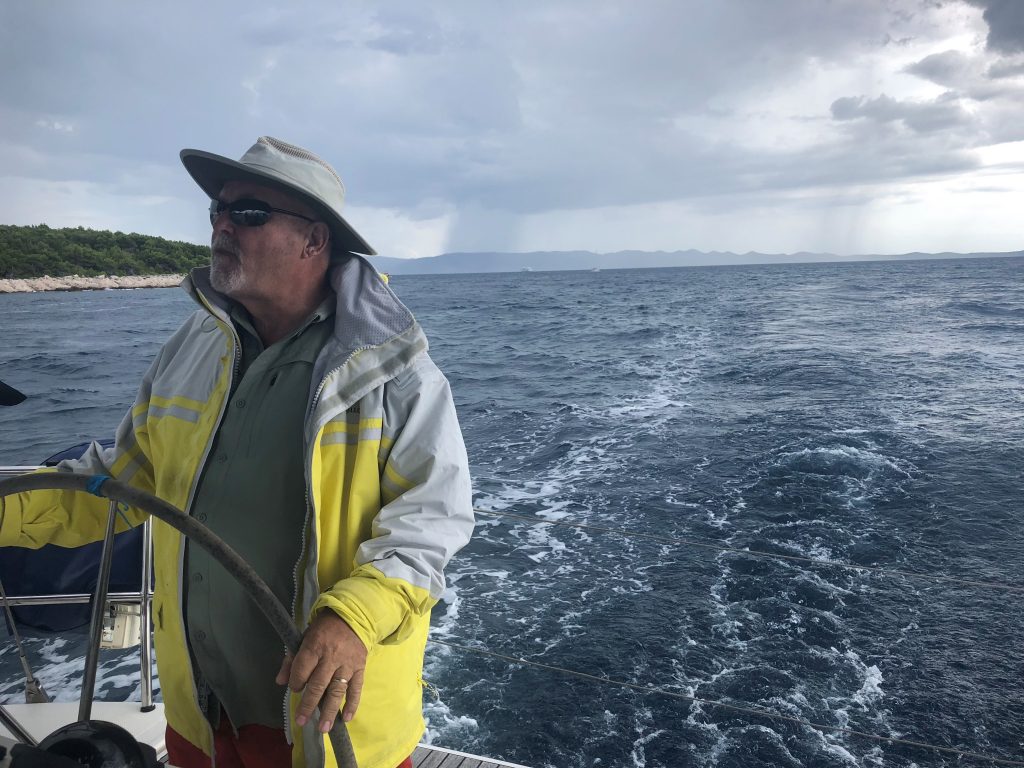
It was getting darker when we fought our way through the Splitska Vrata and we rounded Zaglav point towards Milna where there are three marinas. We did not have any reservations as, most of the time, you do not need them. You just show up and the dockhands tell you were to dock. Unfortunately, that night, there were no slips available. They had cancelled a sailing race and all the contestants had taken shelter in the three marinas. Anchoring outside was not an option with the weather as the bay in front of the entrance to Milna did not offer any protection.
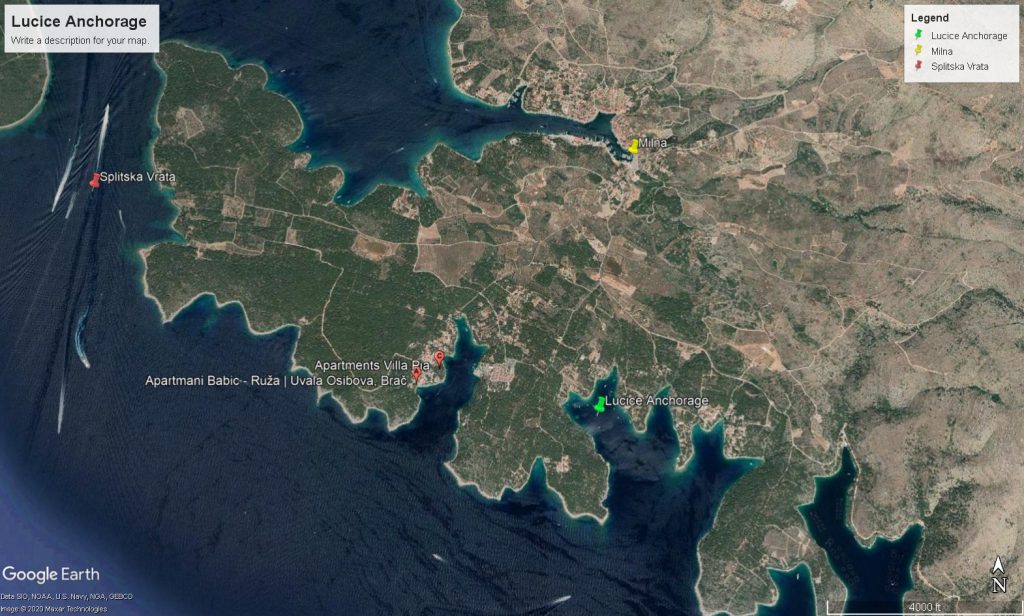
A quick look at the charts showed that the closest place with the best protection would be the anchorage of Lucice (pron. Loo-tsjee-tsay). However, to get there, we had to retrace our steps, get back outside in the storm, through Splitska Vrata pass and back in the direction from where we came. We should see the bay of Lucice on our portside. No way we could miss it and, sure enough, as soon as we turned inside the small bay, the water was flat and we were out of the wind and the storm.
We headed towards the westernmost shore of the bay where we would get the most protection. The charts showed this as a particularly good anchorage but, when we got there, we saw mooring buoys. That would make our lives easier. Our three yachts each picked up a mooring ball and soon a local fisherman came over in his skiff to tell us that we had to pay for the use of the buoys but, if we would eat dinner at the small konoba (restaurant) on-shore, the buoys would be free.
It was already getting late and, after having been cycled and recycled through the Adriatic washing machine, nobody was in the mood to cook on board and soon we headed to shore in our dinghies.
The restaurant was located under the pines and was totally off the grid. An old Cummings generator at the back of the owner’s house was making a racket and provided electricity for the house and the konoba.
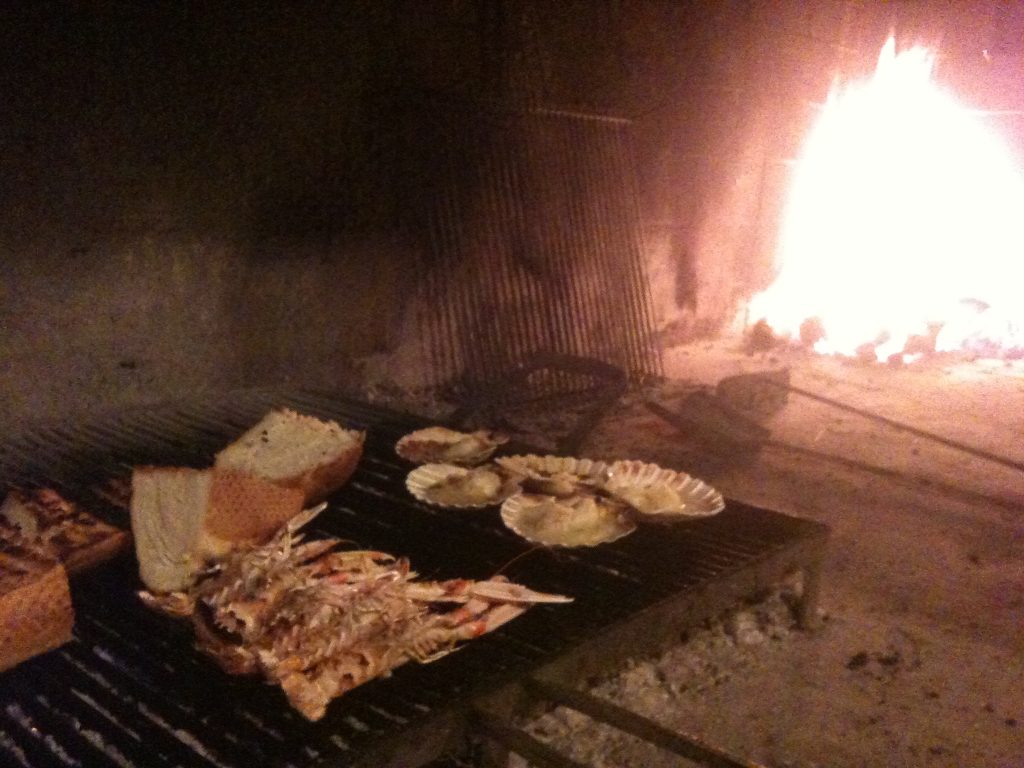
The kitchen was an open-air grill and all the food was prepared over charcoal. The waiters spoke very little English and there was no menu. They would explain in a mixture of German and English what was available, and it boiled basically down to lamb, fish and scallops. The scallops grilled in their shell on the charcoal were delicious. Unlike in the U.S.A. where you get them cleaned up so that only the white meat remains, in the Mediterranean they serve them with the orange colored corral. It makes a big difference. As far as the fish was concerned, it was still swimming when we picked up our buoys. That fresh…

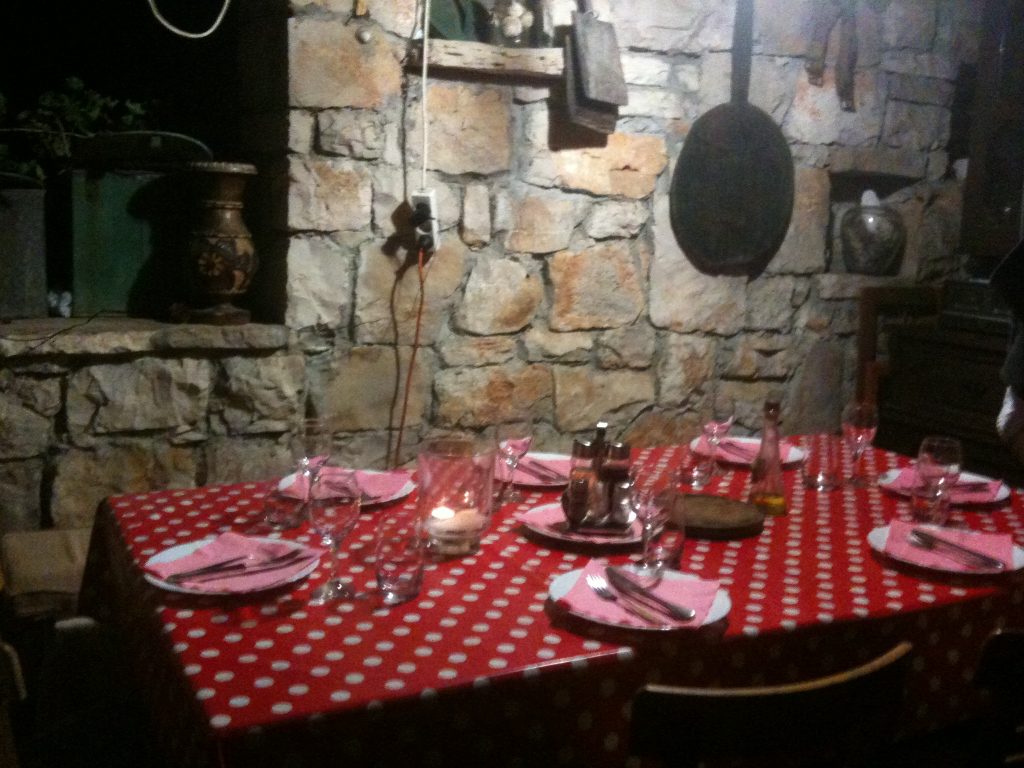
From what we understood from the waiters, the owner of the restaurant was a retired star soccer player who had his heyday during the Yugoslav Tito years. We were welcome to visit his house and look at all his trophies.
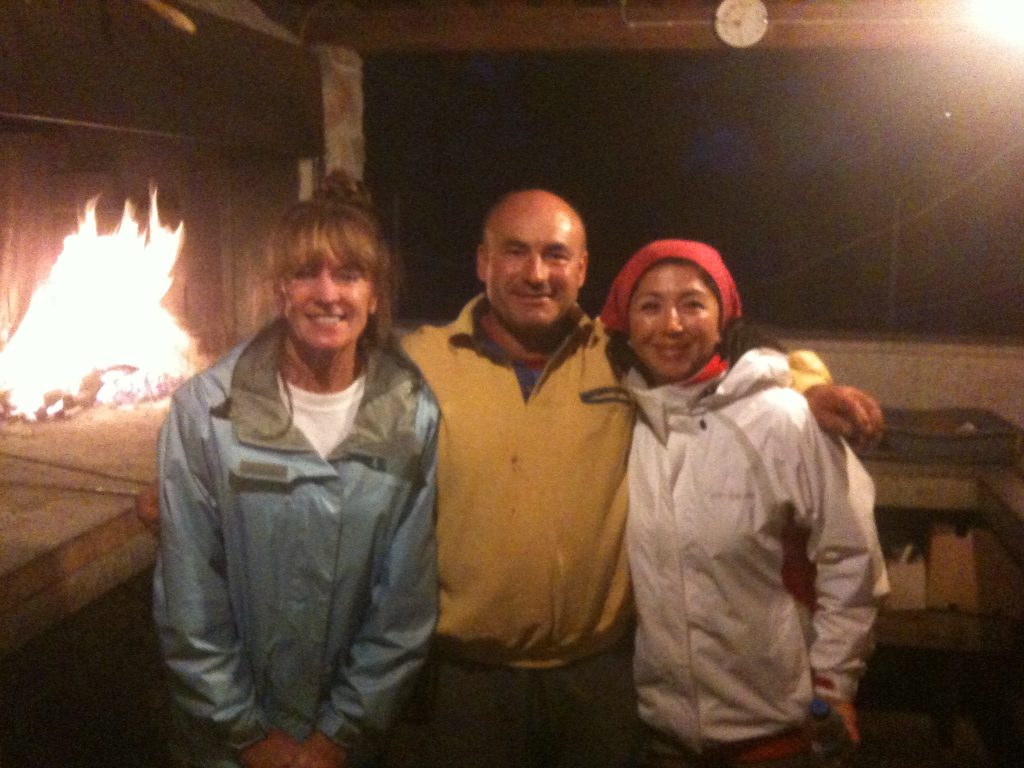
The gentleman, whose name I cannot even recall, met us at the door. He welcomed us in Croatian because he did not speak a word of English of German and, with the help of one of the waiters who could babble a bit in English, he tried to tell his story. We understood that he must have been one of the top players of his times. His house was a shrine to his achievements and there were pictures on the wall of him shaking hands with the likes of Tito and Brezhnev. Too bad we could not communicate better which makes me jump a few years fast forward…
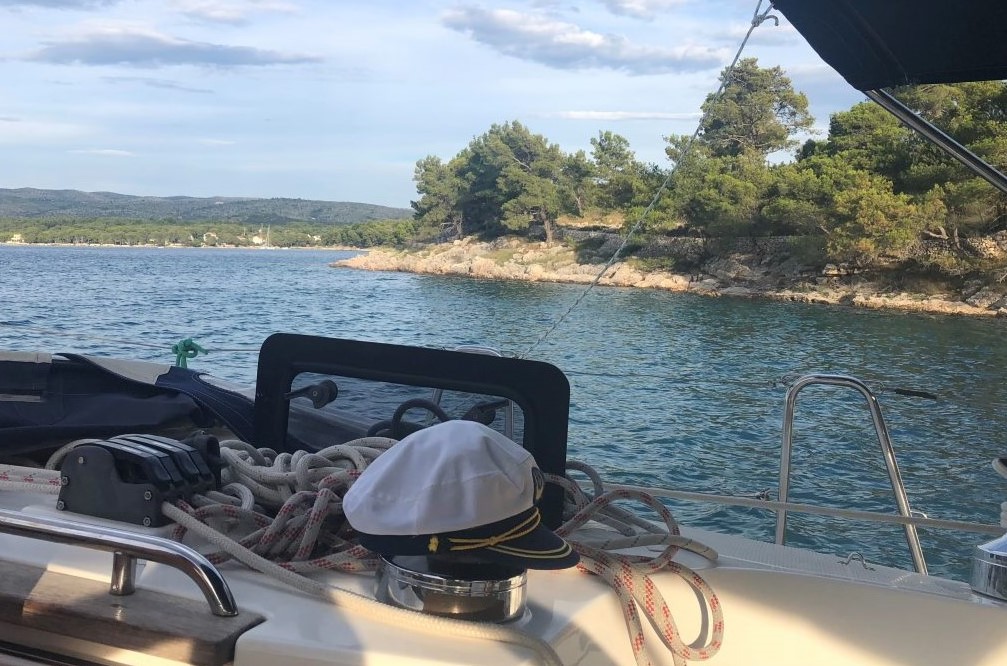
About three years ago, during another flotilla, and after I had told our participants about this story, we decided to go back to Lucice and show them that same place. It had changed quite a bit. Now they wanted us to pay for the buoys regardless of whether we were going to have dinner at the konoba or not. It seems that the wife of the former star player had taken over the business and she was not exactly customer friendly or, as a matter of fact, not friendly at all. It was a bit of a disappointment but, fortunately, the scenery of the anchorage was still as spectacular as the first time we came here.
We wanted to see the house and the owner again and when I told one of the waiters, who spoke a perfect English, that it had been a pity that we had not been able to communicate with the owner, he told me that he did indeed not speak English or German but was fluent in French. When I met him, I reminded him of our visit a few years ago and we had a good laugh about the fact that, if we had both known at that time, we could have talked in French.
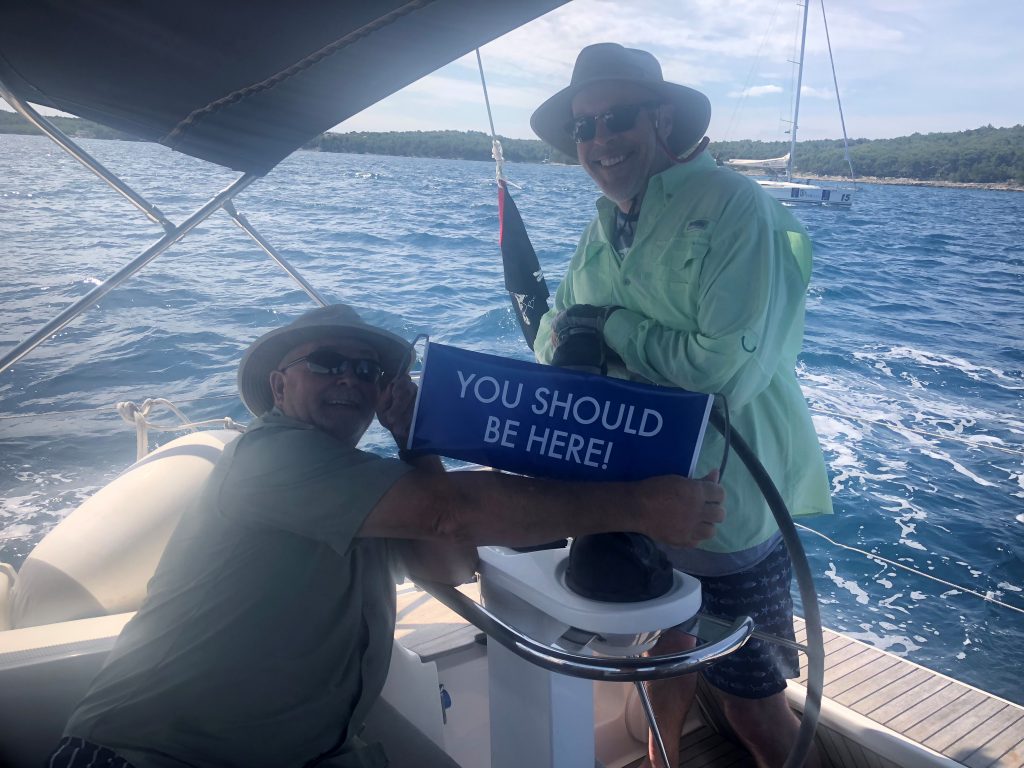
Lucice is still one of our favorite anchorages on Brac but, hopefully, the owners of the konoba will get their act together and the business will become again more customer friendly like when we came there the first time.
If it had not been for that storm, we would probably never have discovered its beauty.
Stay safe and healthy!
Capt. Jean De Keyser

